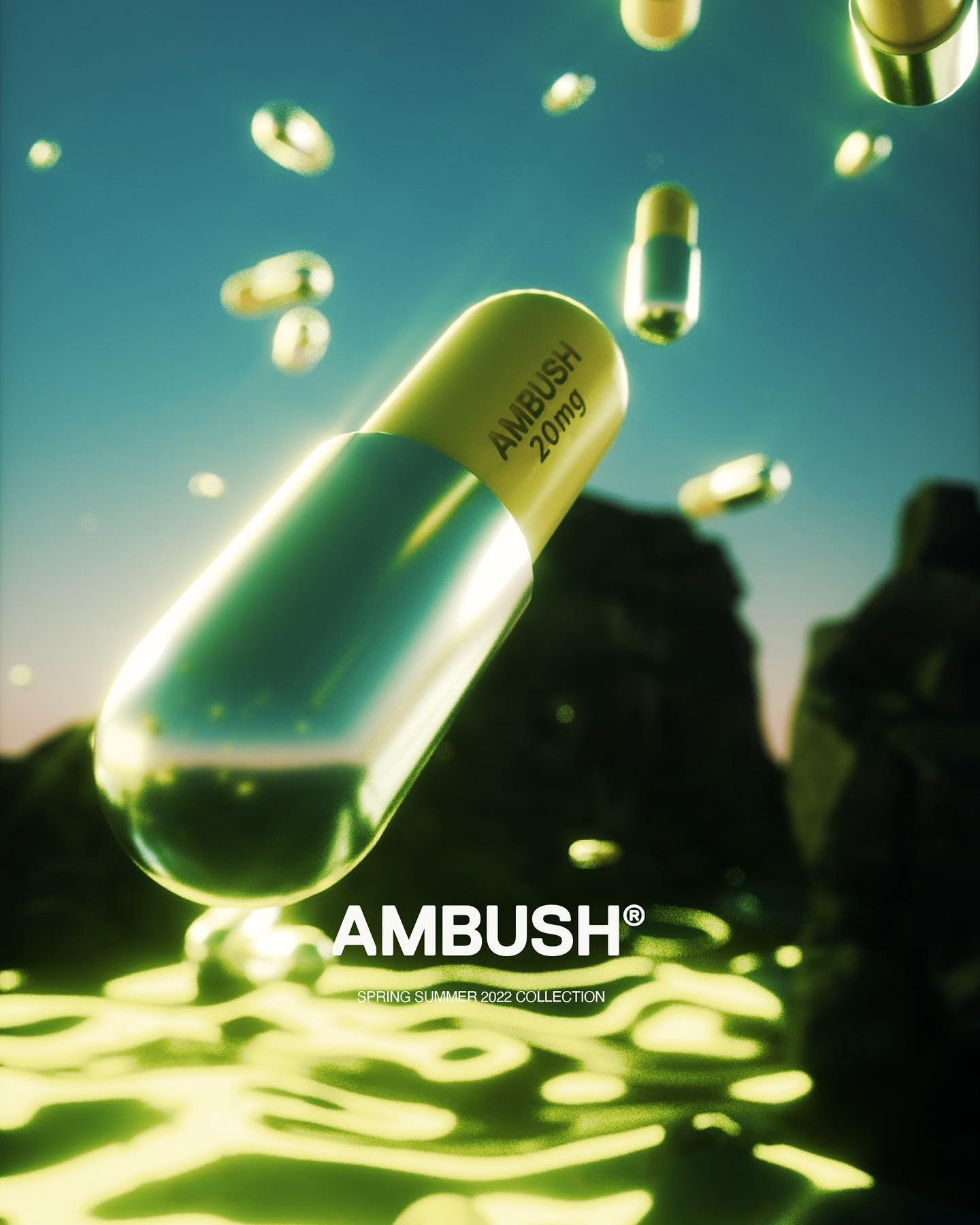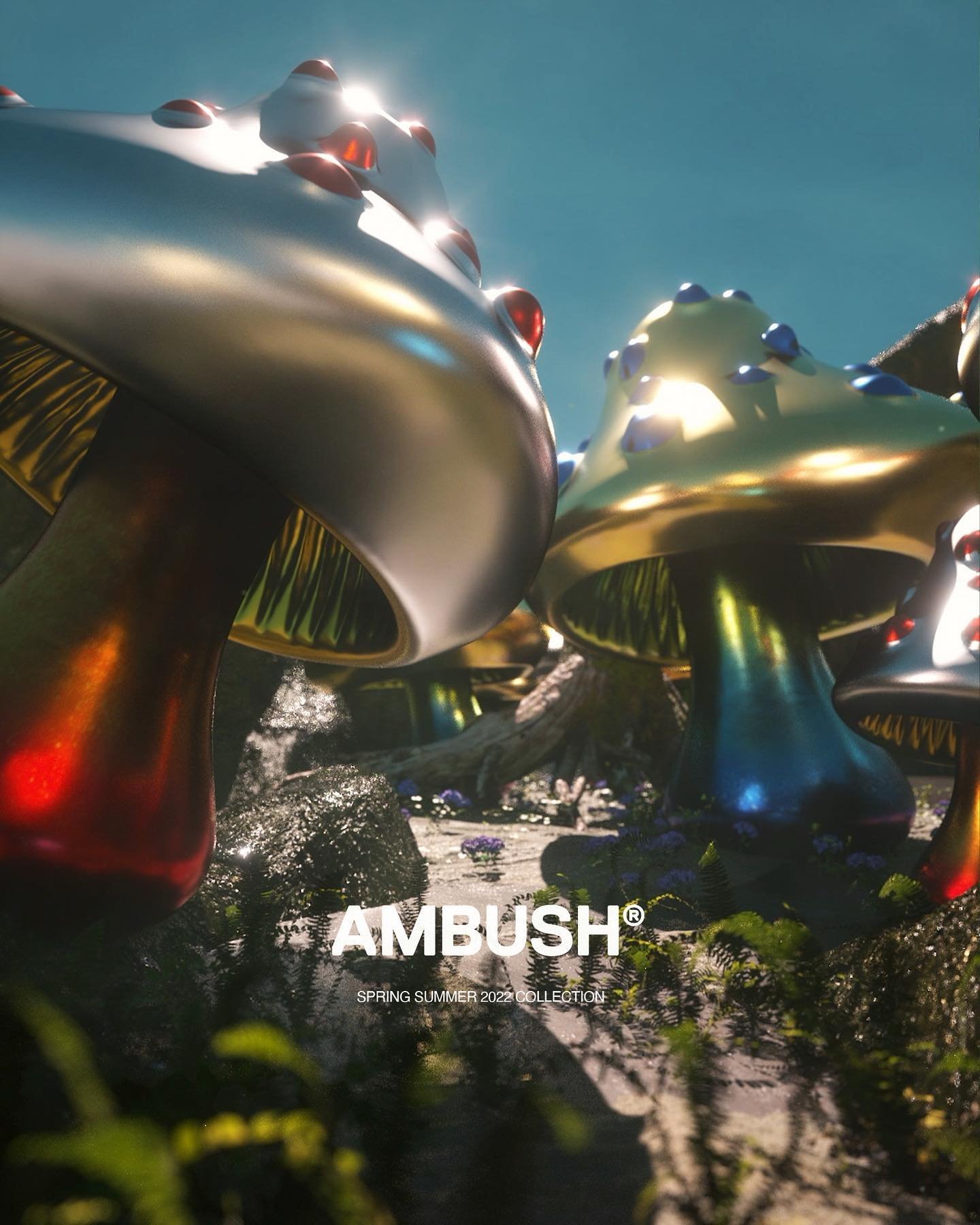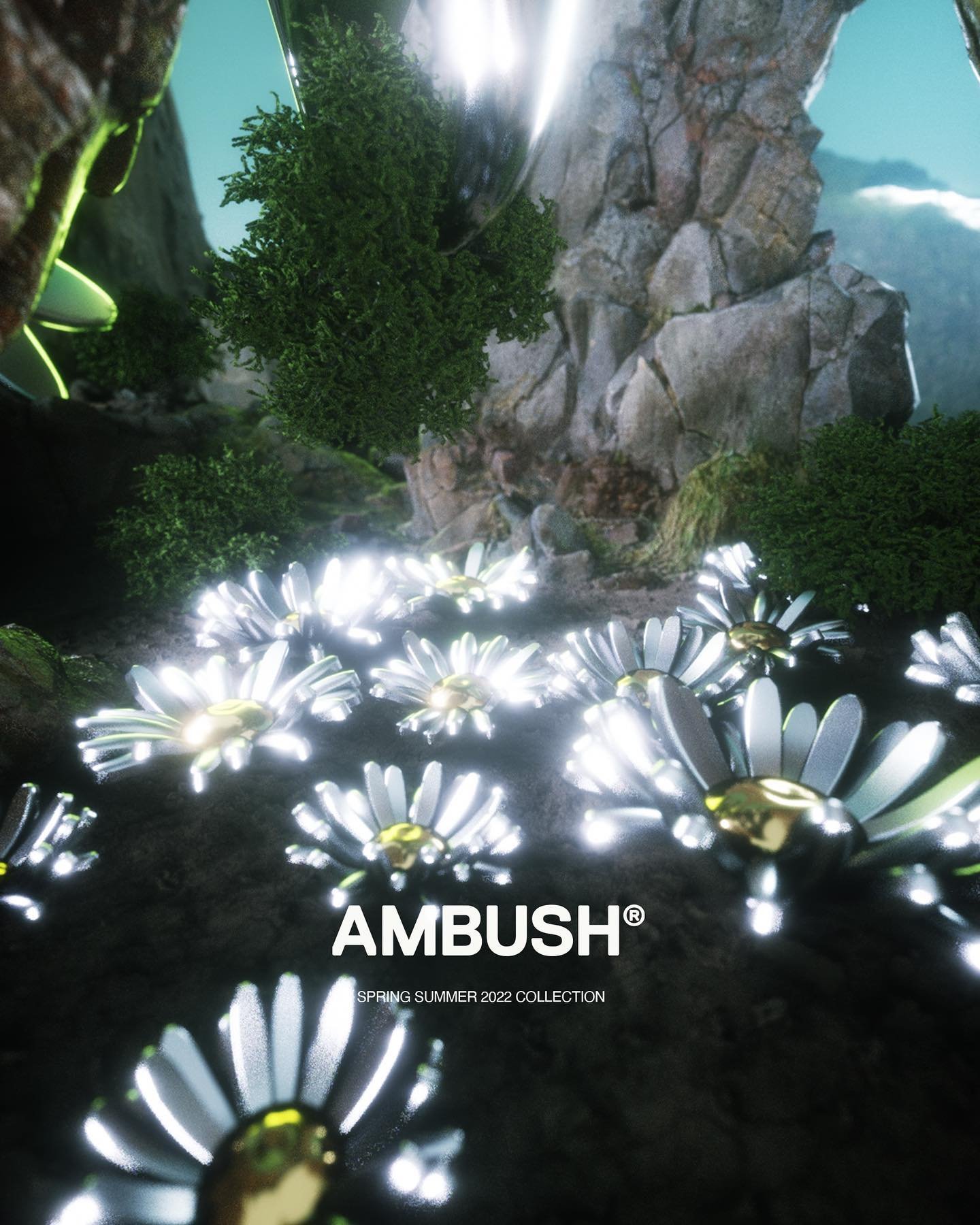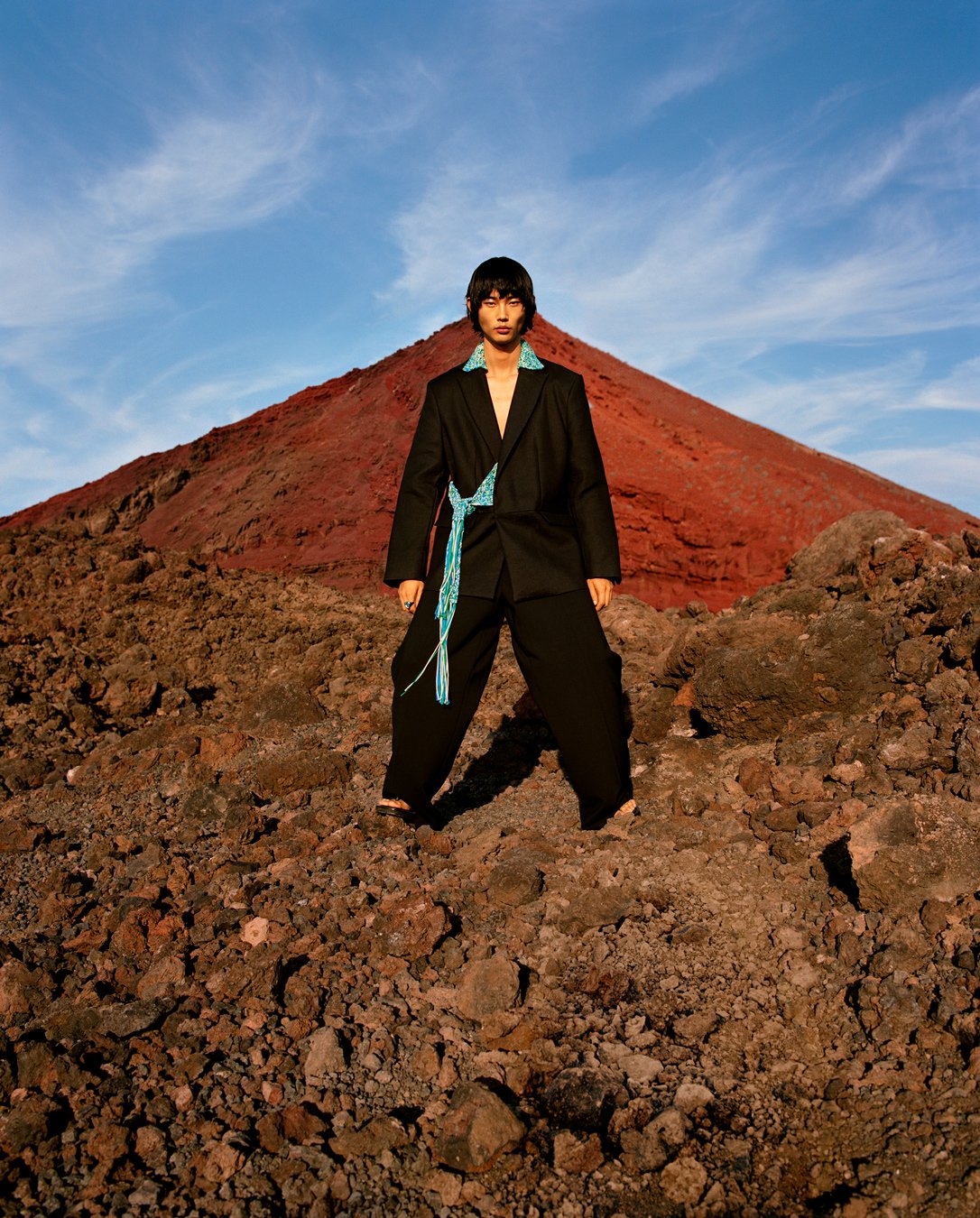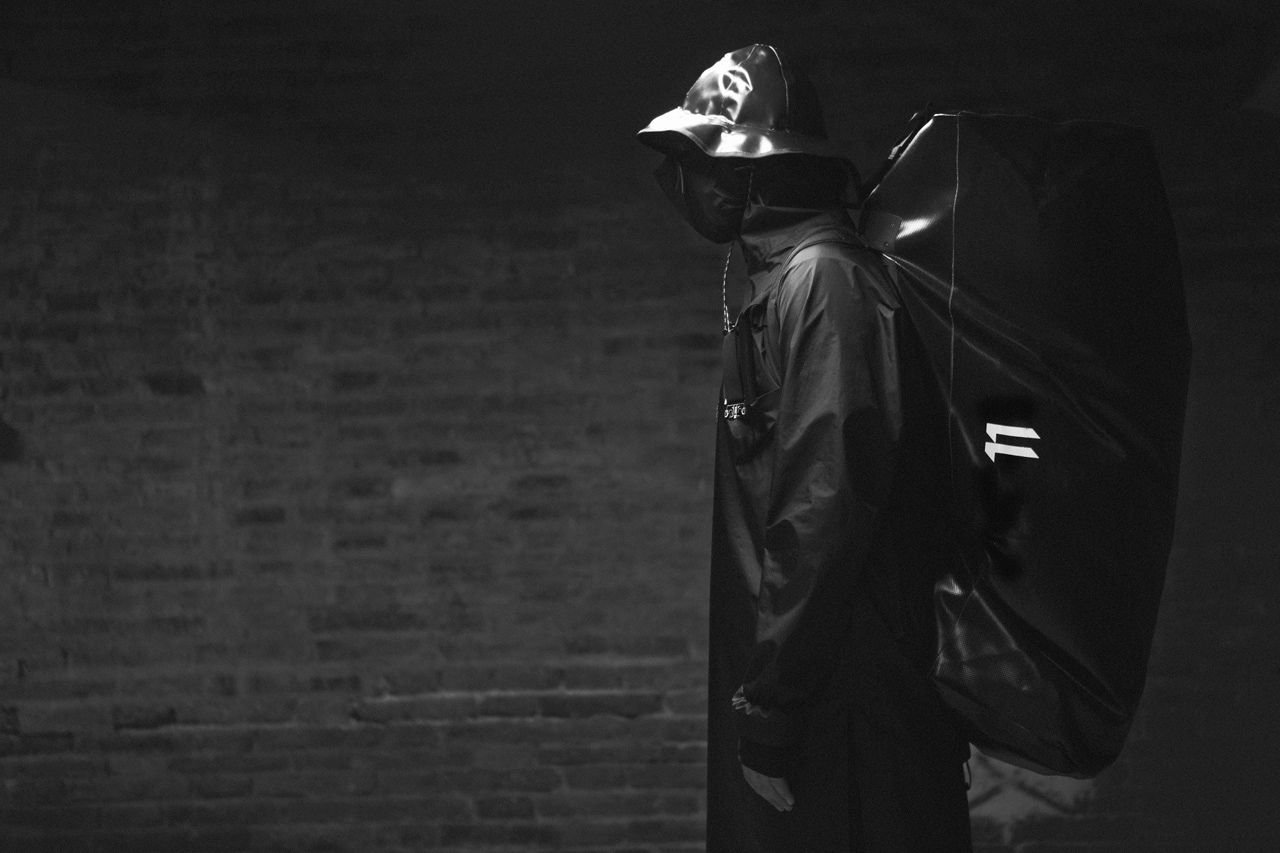Enter the AMBUSH® Universe - A Conversation With YOON AHN

Tokyo is not only the capital of Japan, but also one of the global centers of fashion.
Although its counterparts can be easily named, Tokyo’s allure in the industry is incomparable, and since the late 80s, it’s been a hotspot from streetwear to sports gear to haute couture.
The Urahara fashion phenomenon peaked during the late 90s. Today considered as the OGs, brands like Hysteric Glamour, BAPE, and UNDERCOVER have influenced the following generation of the next fashion giants, like OFF-WHITE and many others, on a global scale. Tokyo’s past fashion scene has molded the newest leaders of the industry, creating a new sphere of play for the next iconic brands to fill the gap. One of these brands is the well-established AMBUSH®.
AMBUSH®, which started in 2008, is a Tokyo-based postmodern clothing and jewelry brand. Recognized for its timeless collections and collaborations, among those with Louis Vuitton, NIKE, Moet, sacai, and more, AMBUSH® is a multi-award creative powerhouse rather than a mere fashion brand. It is also seen to be one of the pioneering brands for the high fashion and streetwear hybrid movement, which unquestionably is the defining style of the current era. Behind this is YOON AHN and VERBAL, two monumental creatives.
The story of YOON is a special one for many reasons, from her uprising as a Korean American in an immigrant family to her making bigger and bigger moves in Tokyo together with her partner VERBAL. Seeing the magnitude of her brand and name it is sometimes easy to forget or even think of the process, mechanics and foundation behind the success. In the world of YOON AMBUSH, this means hard work and dedication before anything else. Any success the AMBUSH® legacy is built on is the result of trying it, asking the questions over and over, and not always taking the easy route, even if it means many more hours of work. Many people see successful names today as being “born into the industry”. YOON isn’t that. Starting literally at ground zero from not being able to speak English well, the universe YOON has built is a result of pure work and dedication.
YOON can easily be considered as one of the leading forces of today’s pop culture. Although her identity is well-known in the fashion, music and art world, this creative enigma is the epitome of perseverance and genius. Thanks to her ingenuity, AMBUSH®’s success snowballs and, rather than simply growing in terms of its name, its uniqueness and quintessentiality is sure to leave a long-lasting legacy. Not only does she design and direct the brand, Ahn also directs Dior Homme’s jewelry and does many creative projects on her own.
Sabukaru had the opportunity to sit down with YOON and explore in-depth behind her process in building the brand, as well as her core influences.
In this rare interview, she invites us into her world, bringing us back to her humble beginnings, her experience molded by graphic design and hard work, and the root of her resilience. From everything related to her background, AMBUSH®, the now & the future, check out what she had to say below, along with many life lessons.
Can you please introduce yourself to the Sabukaru Network?
Y: I’m the co-founder of AMBUSH®, which we started in Tokyo around 2008. In the beginning, it was more of a hobby which then turned into a brand. The whole process was very organic because I didn’t study fashion or come from a fashion background, even though I work in fashion now. So, it was more of a passion project, a way for me to find the answers that I was looking for, and I think it still is the same for me to this day. I believe that’s what AMBUSH® is; I don’t really want to call it a “brand” brand. It’s more of a vehicle for us to travel to different destinations.
What was your first interaction with fashion and did you think you would be where you are right now?
Y: No, I didn’t think I would be where I am now. I’m an immigrant, a 1.5th generation Korean-American because I wasn’t born in the U.S and moved there around middle school. My dad was in the US military so we moved around a lot and, to keep it short, we settled down in Seattle. My parents thought it was better for me to get an American education rather than a Korean one. When we moved there, we lived like an hour away from the city in one of those typical middle-class suburbs, but it was still kind of undeveloped so, at school, there would be the trailer park kids mixed with the middle-class kids. Different types of people were merging which made it an interesting area.
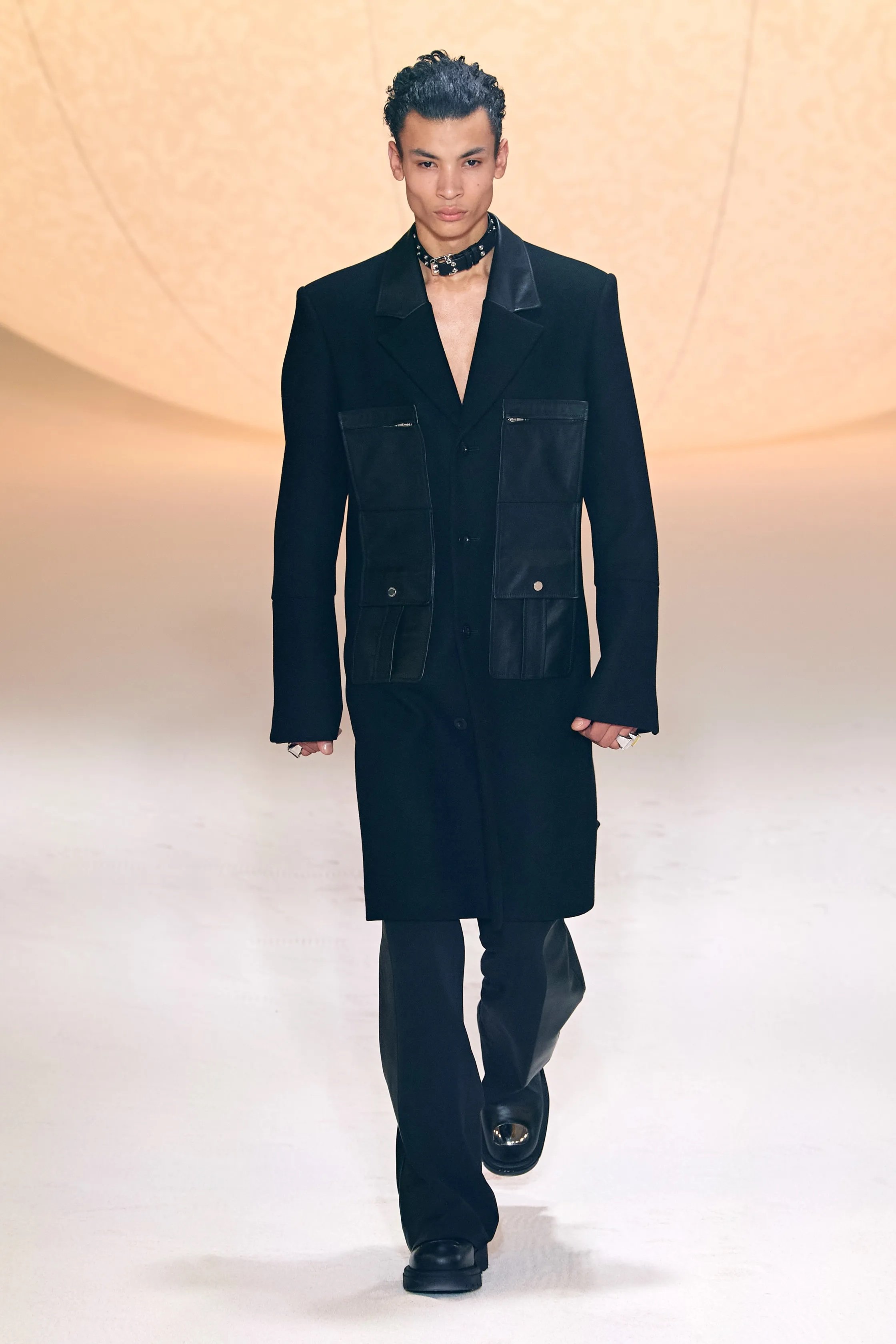
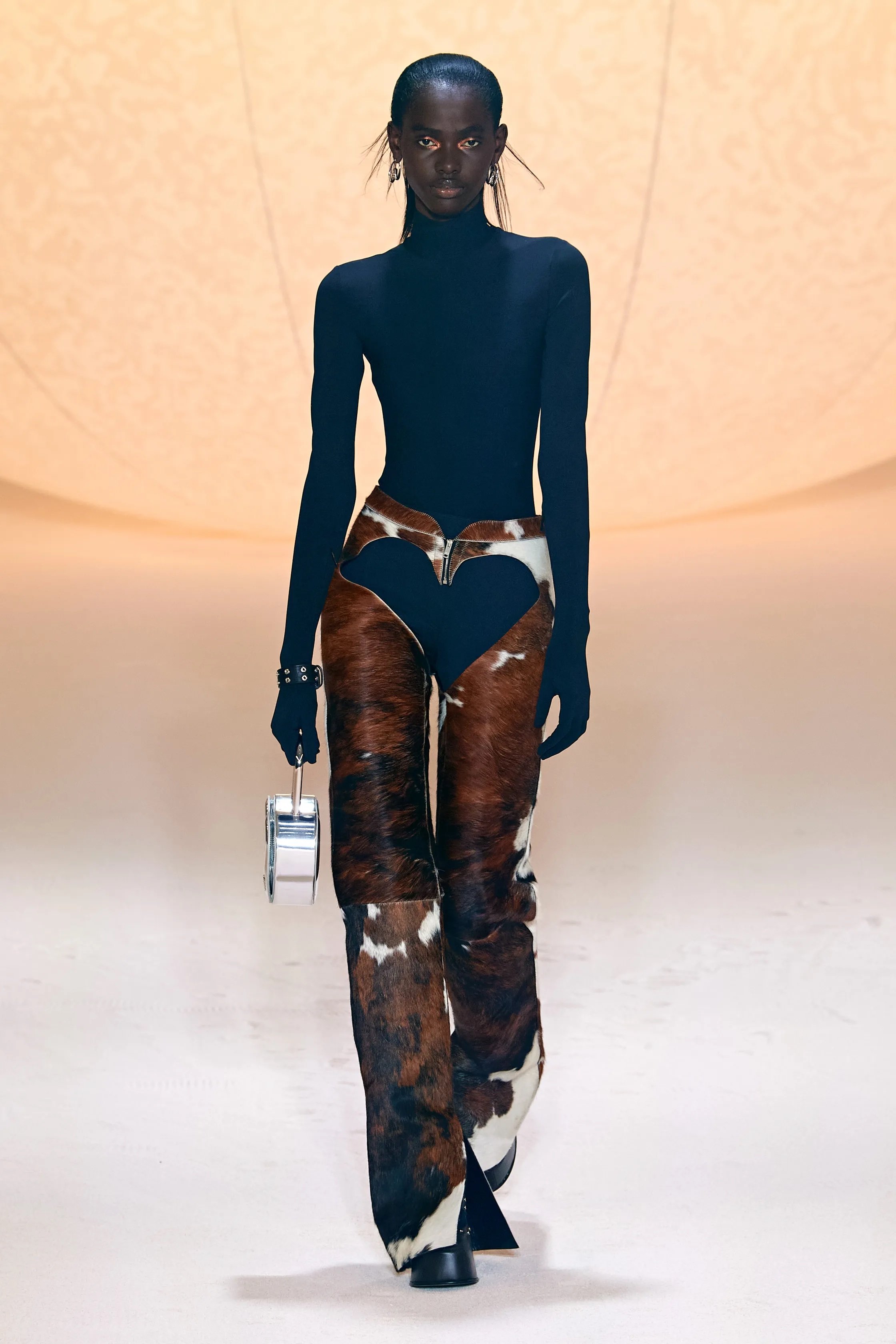

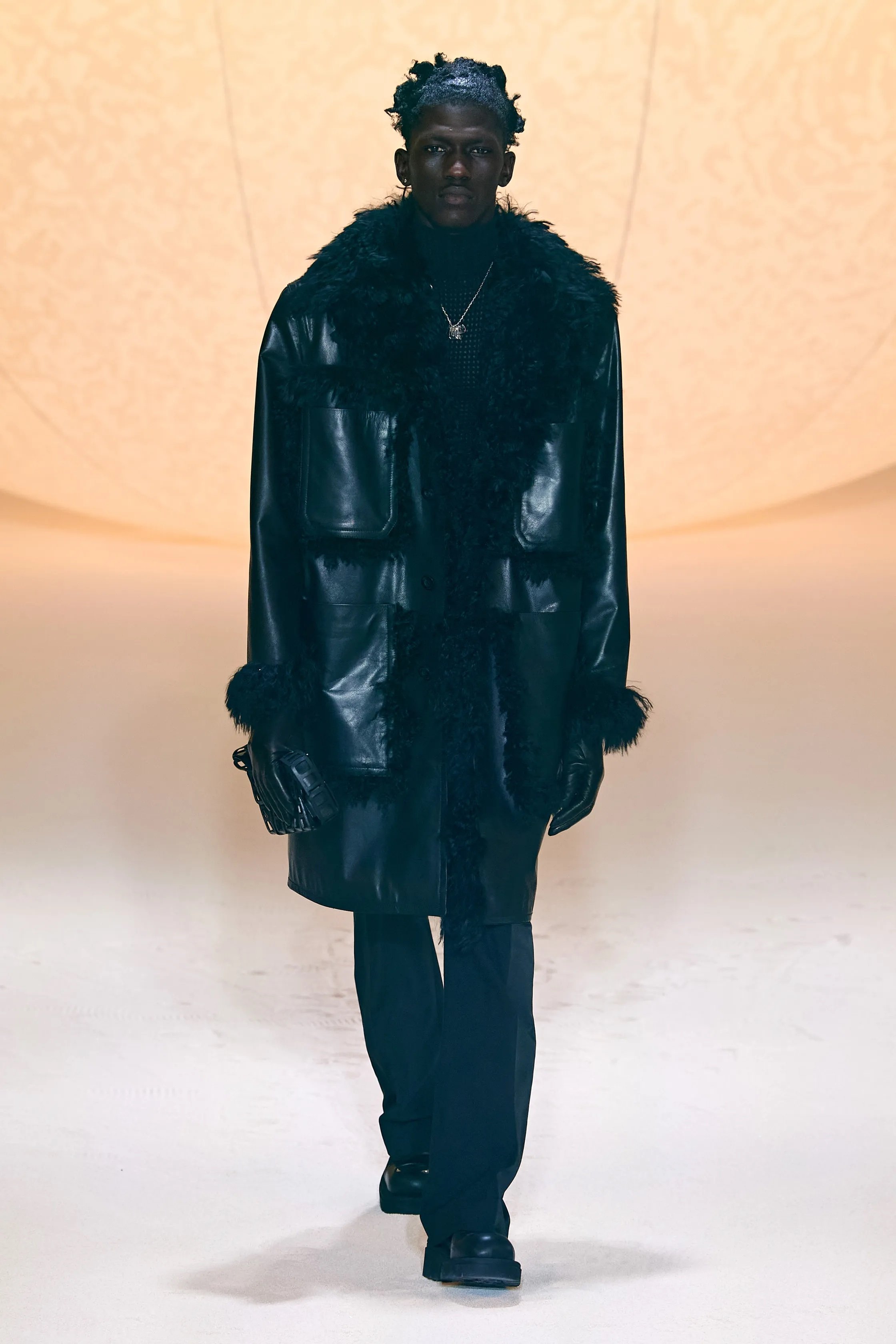
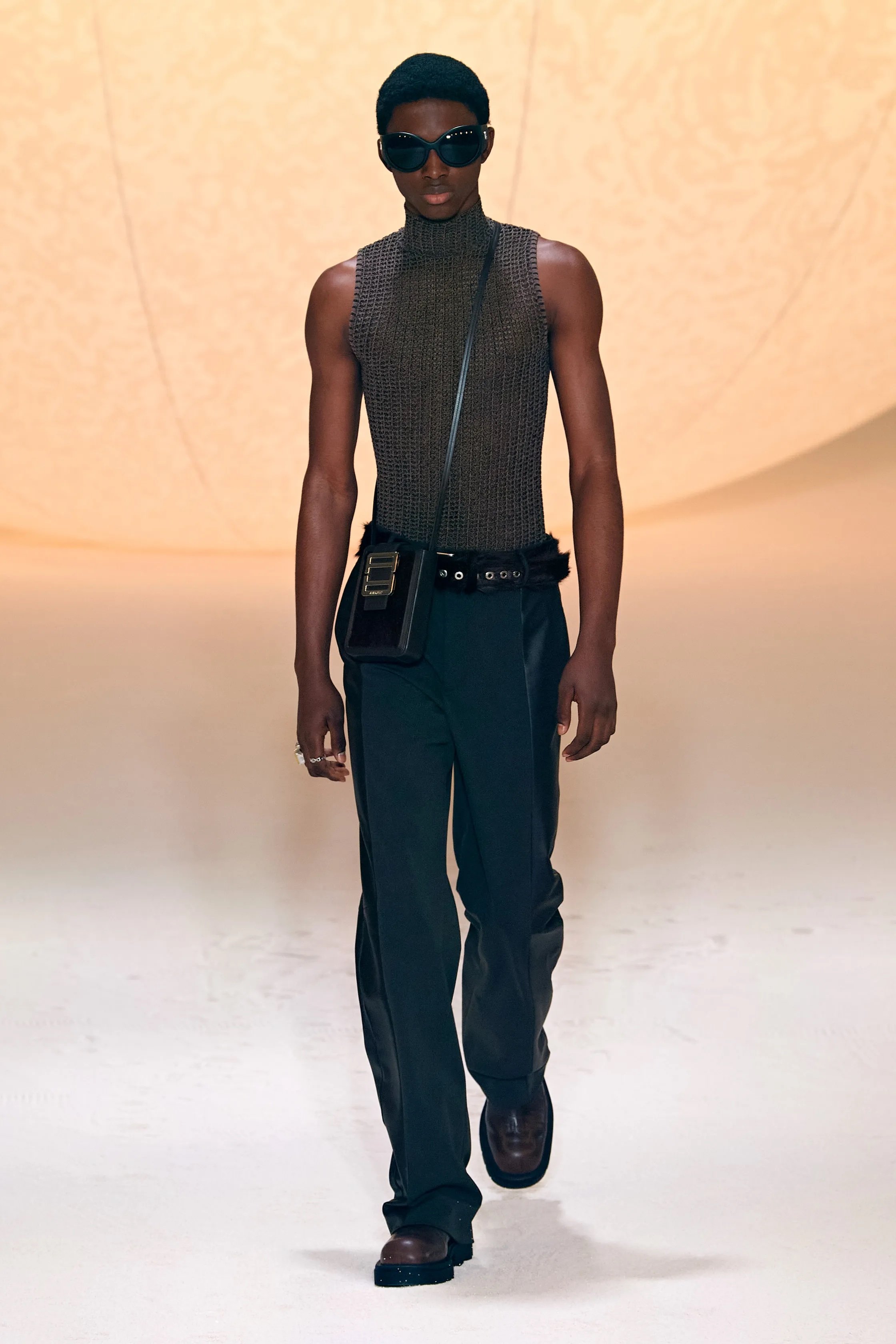
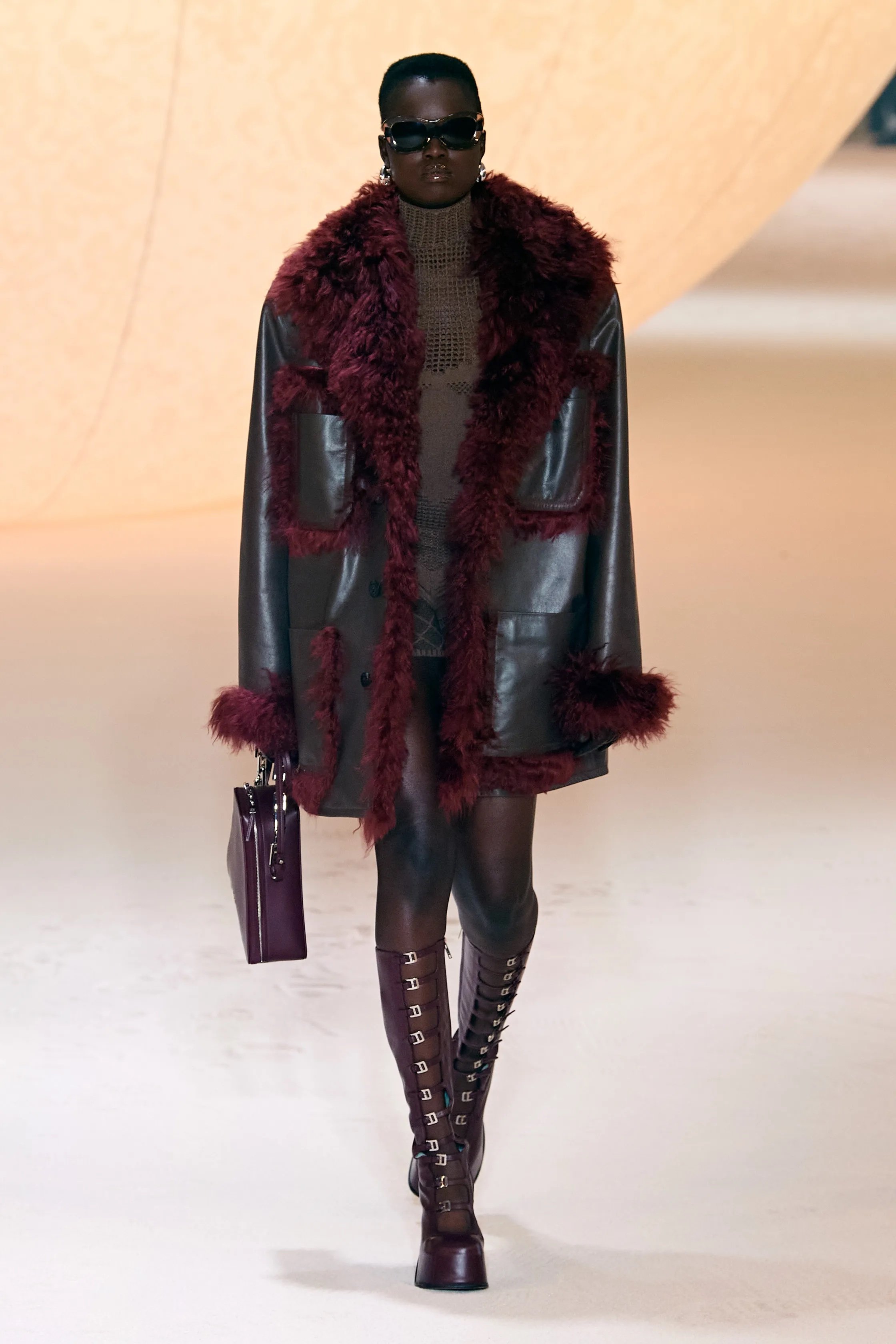

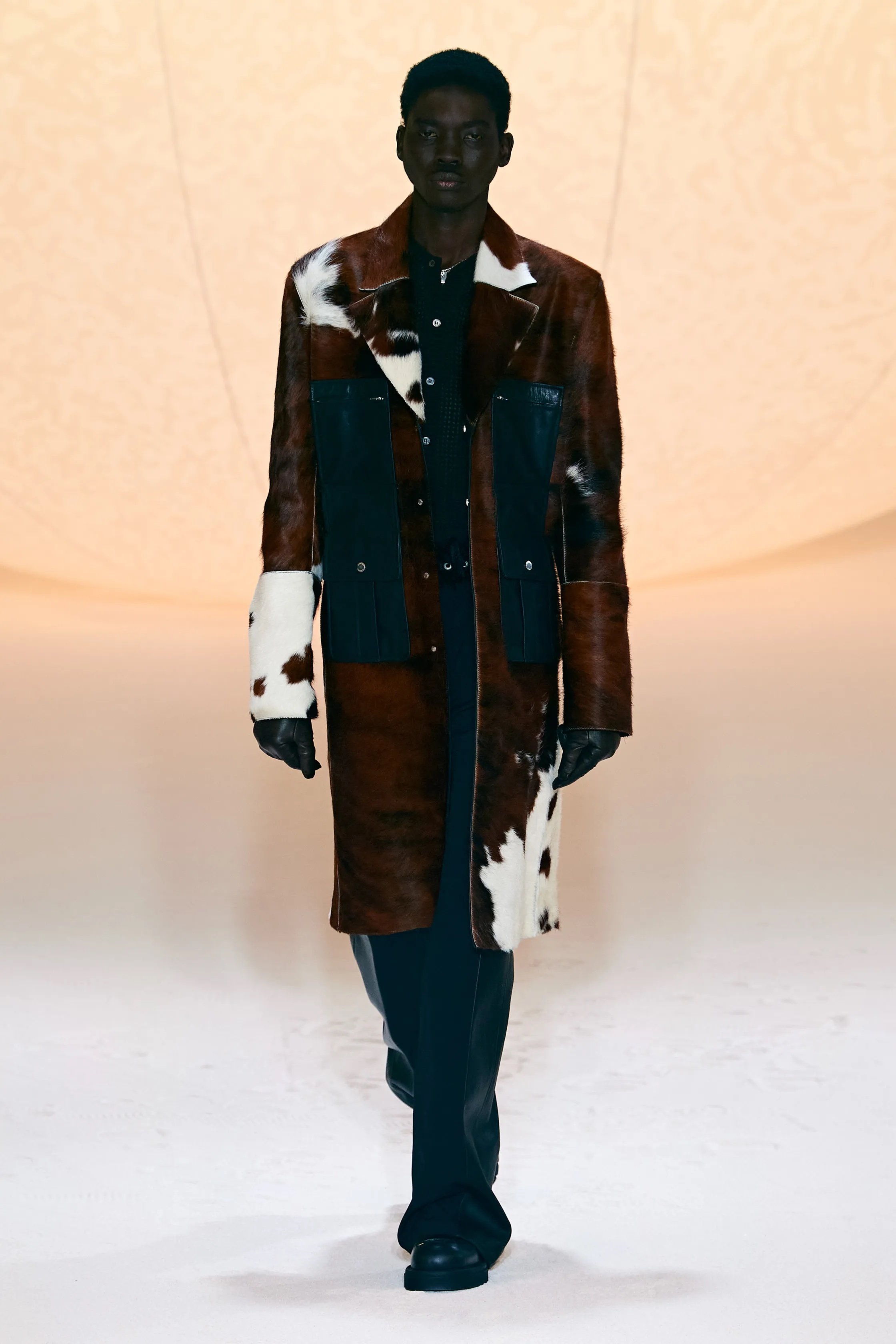
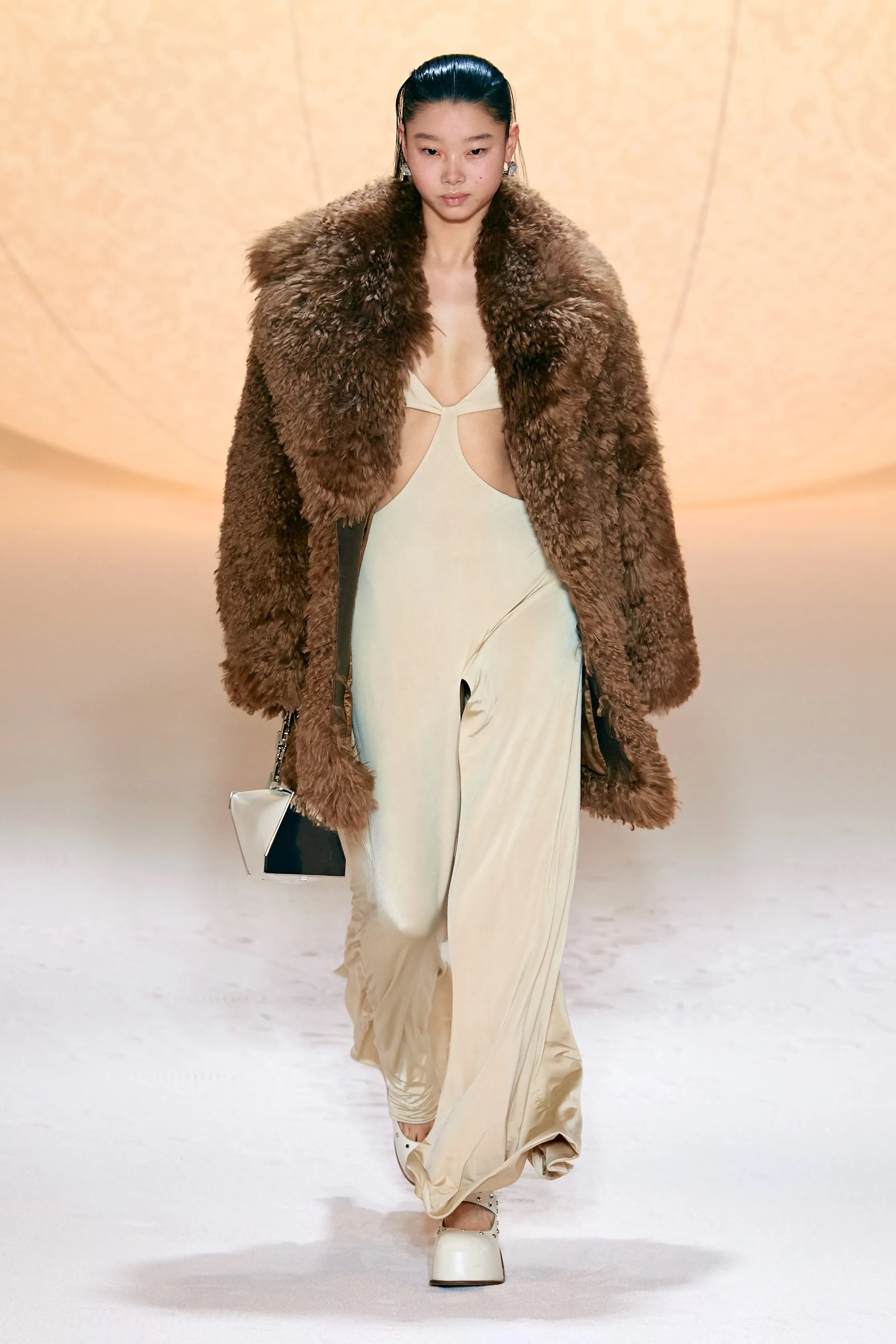
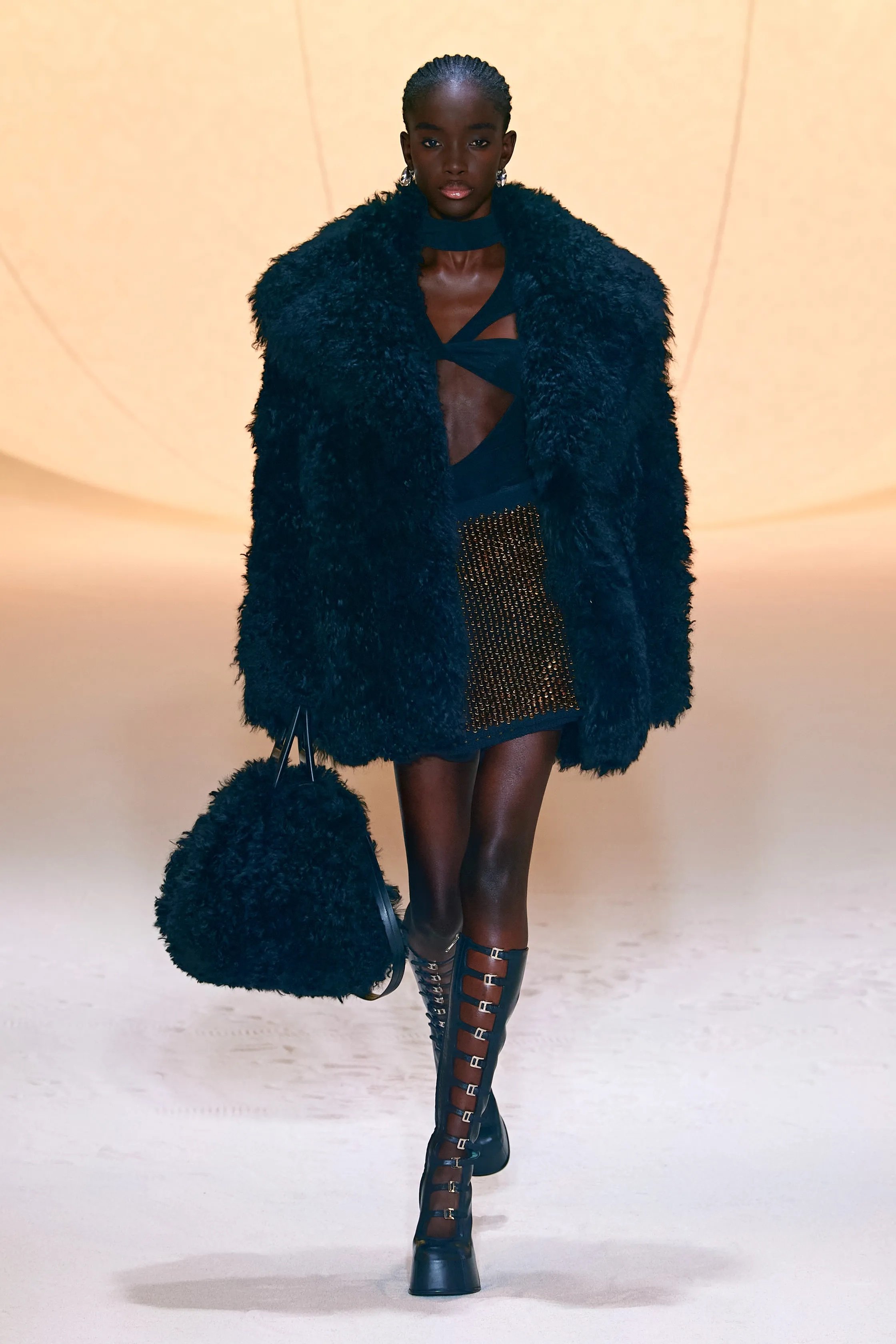
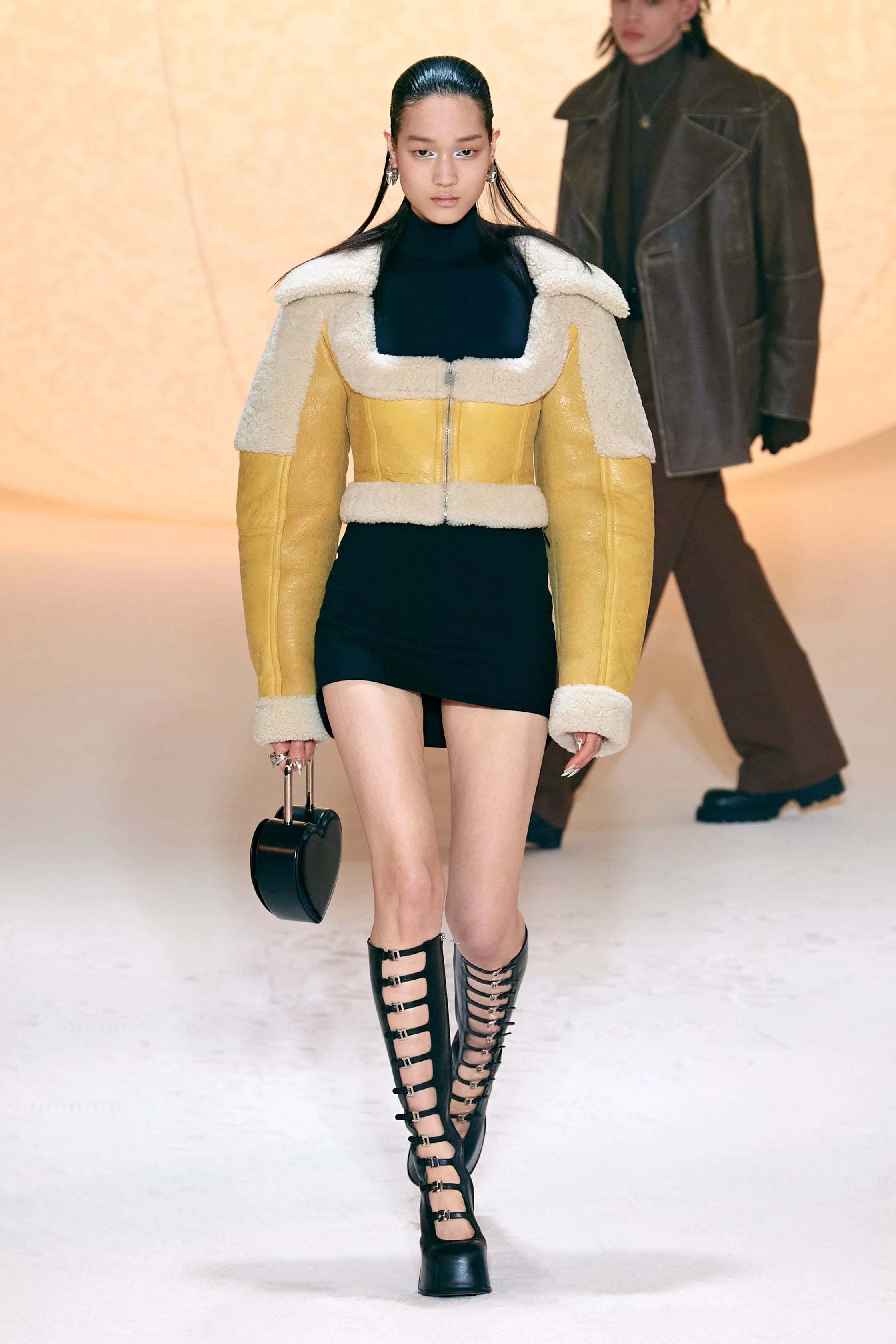
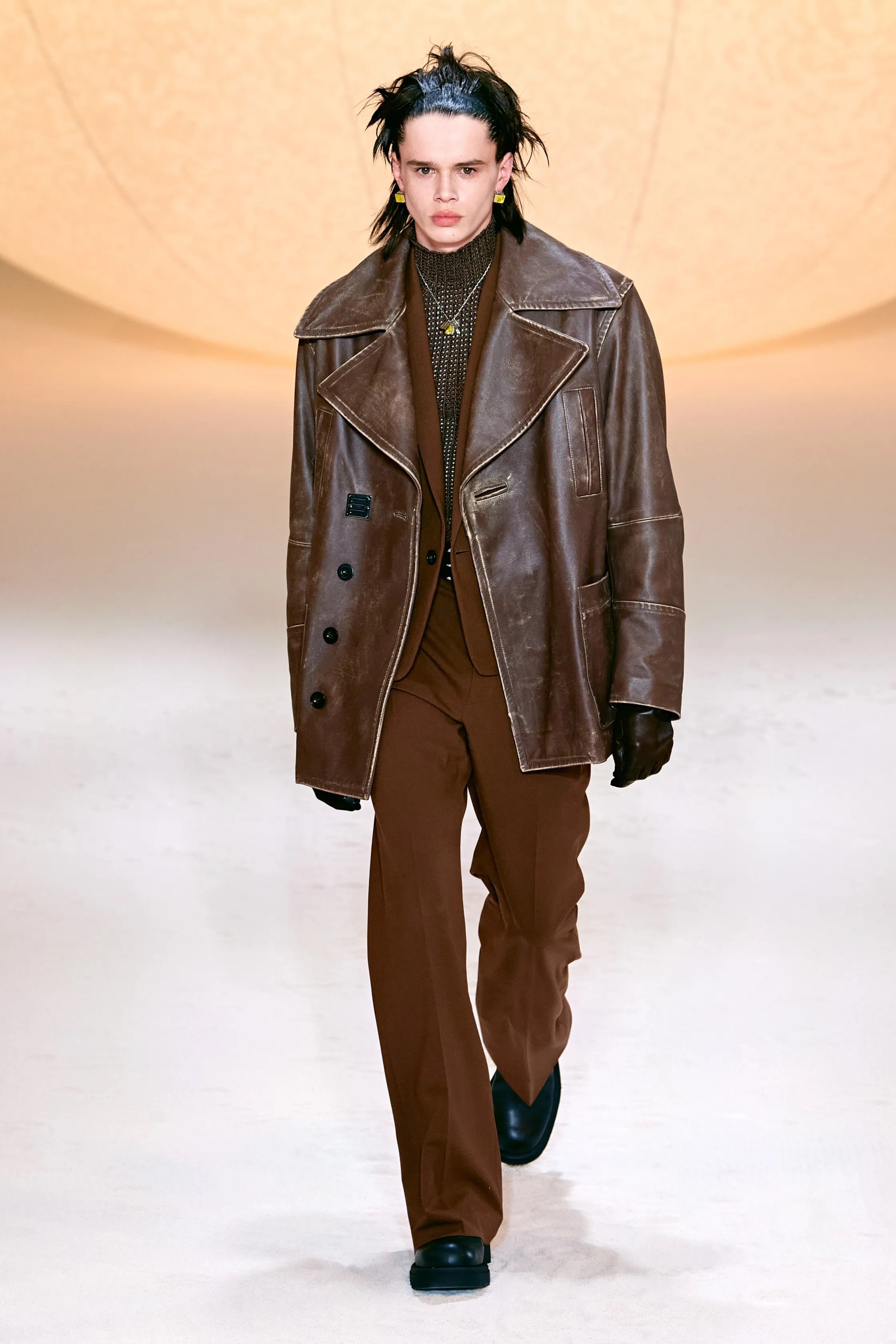
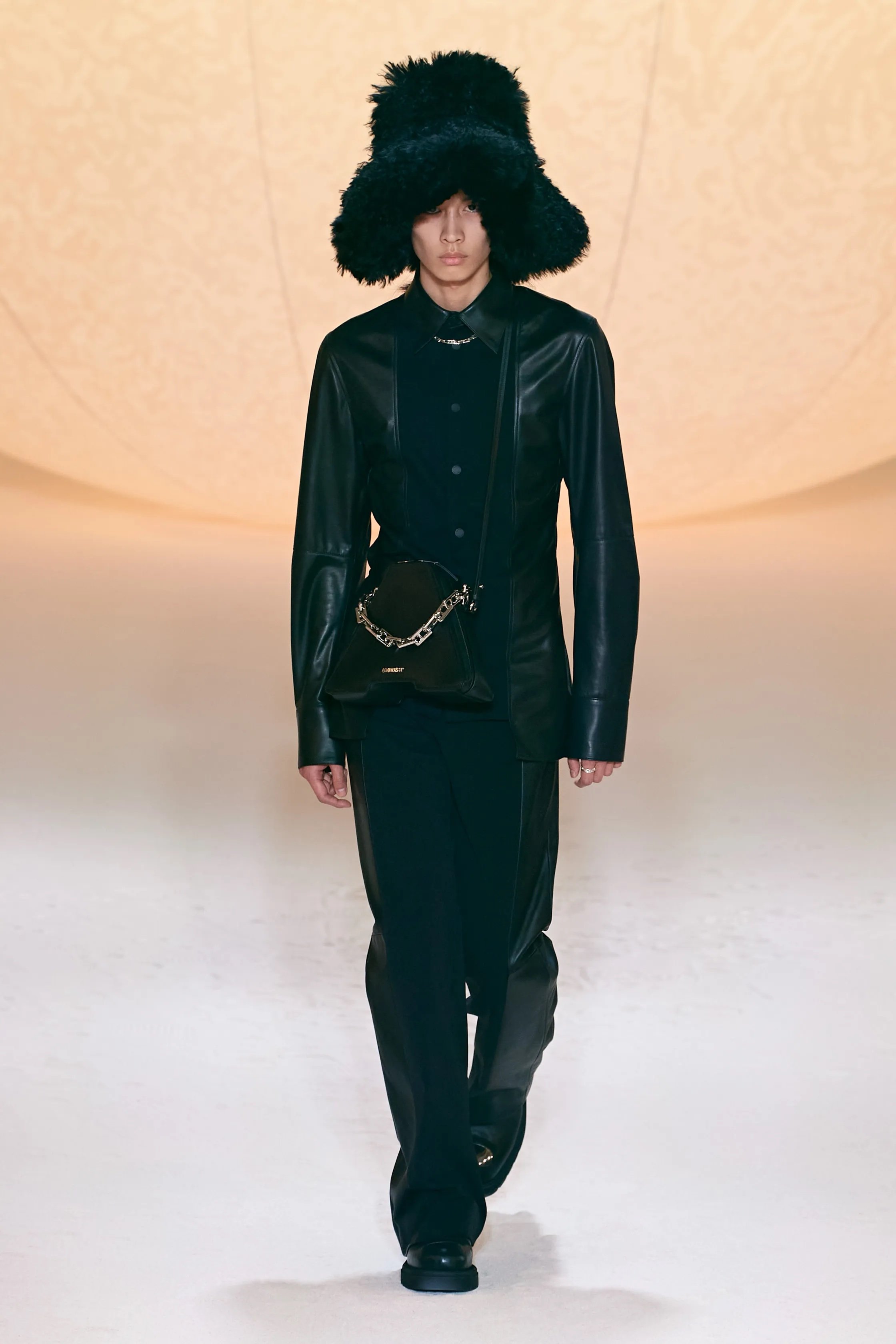
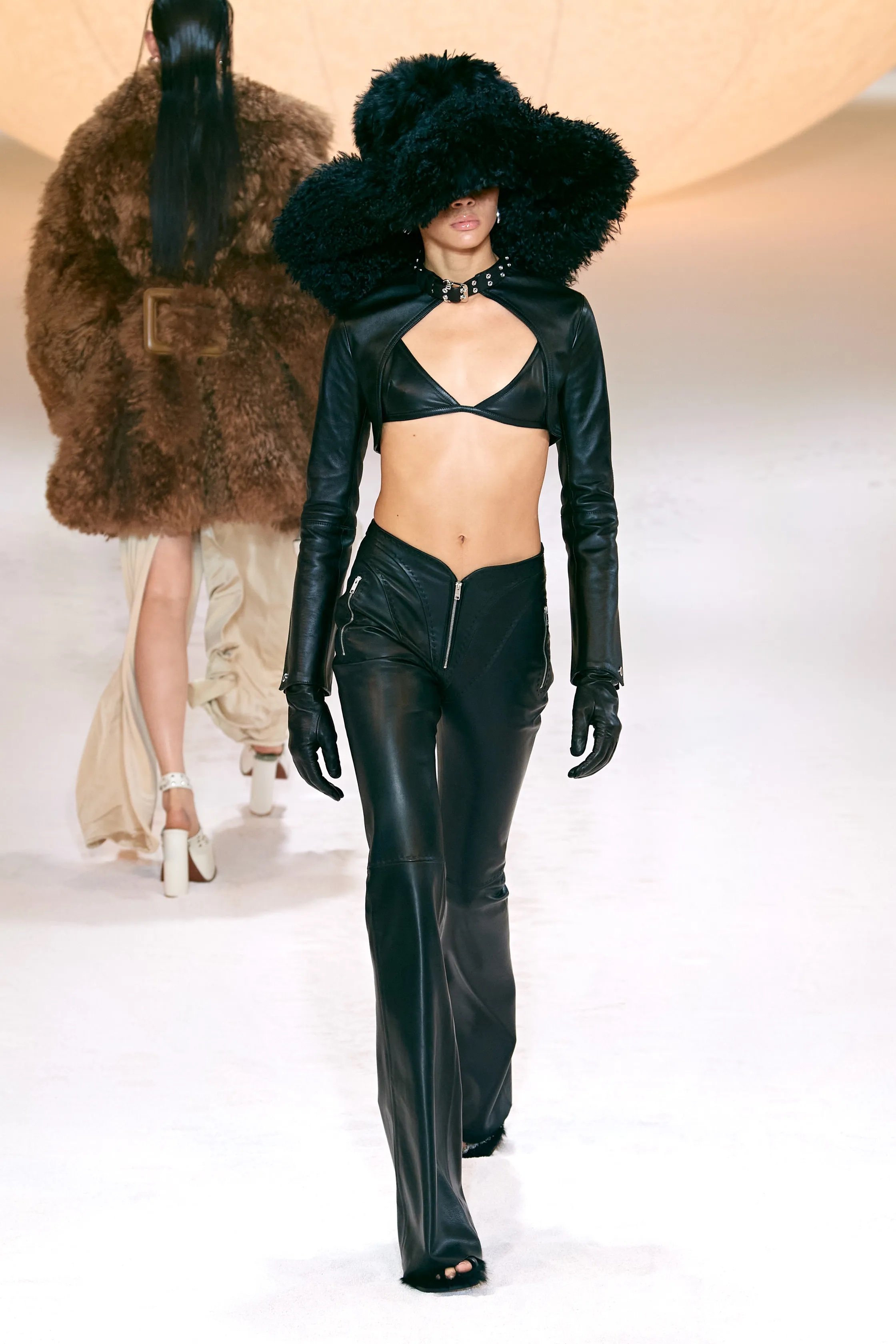
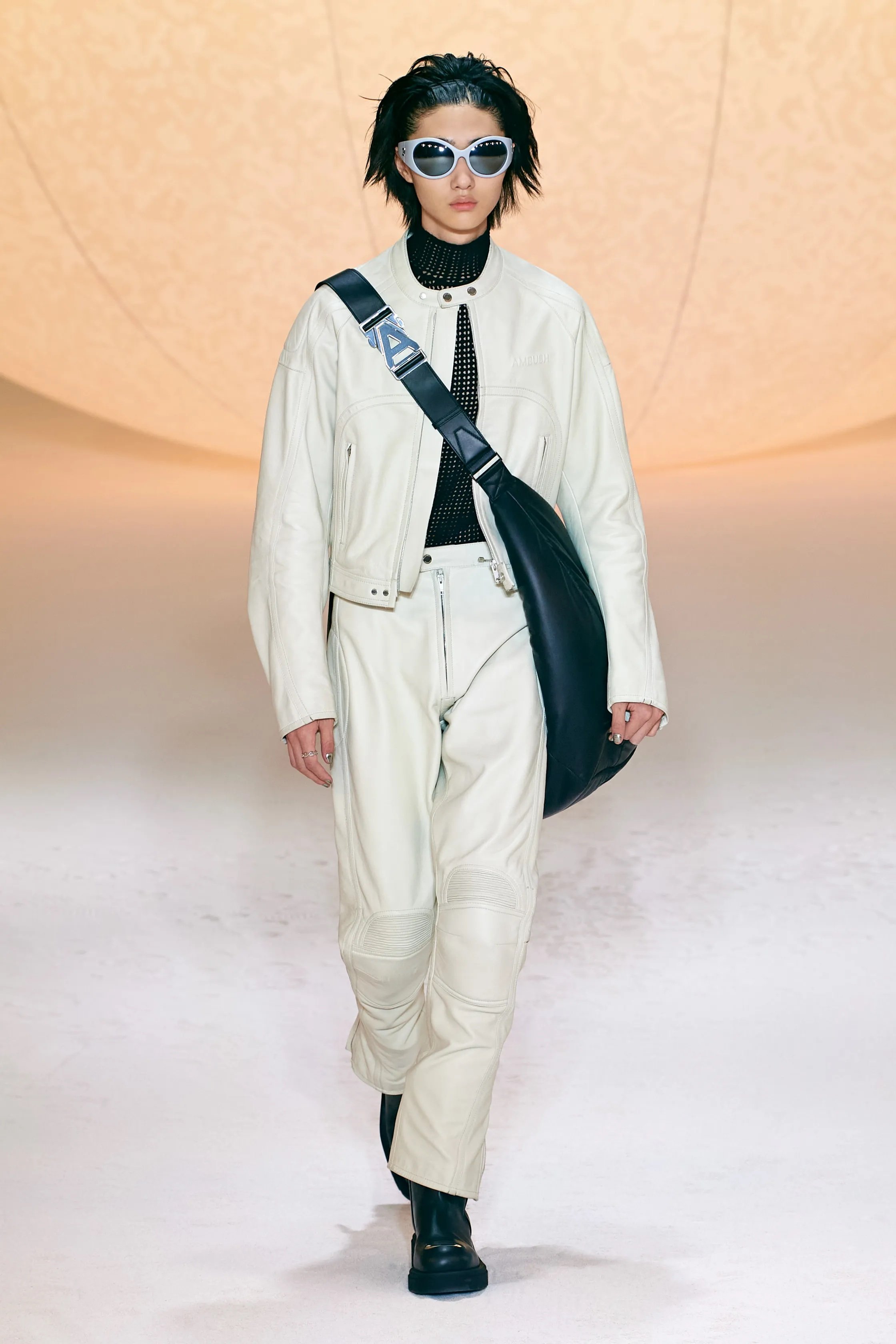

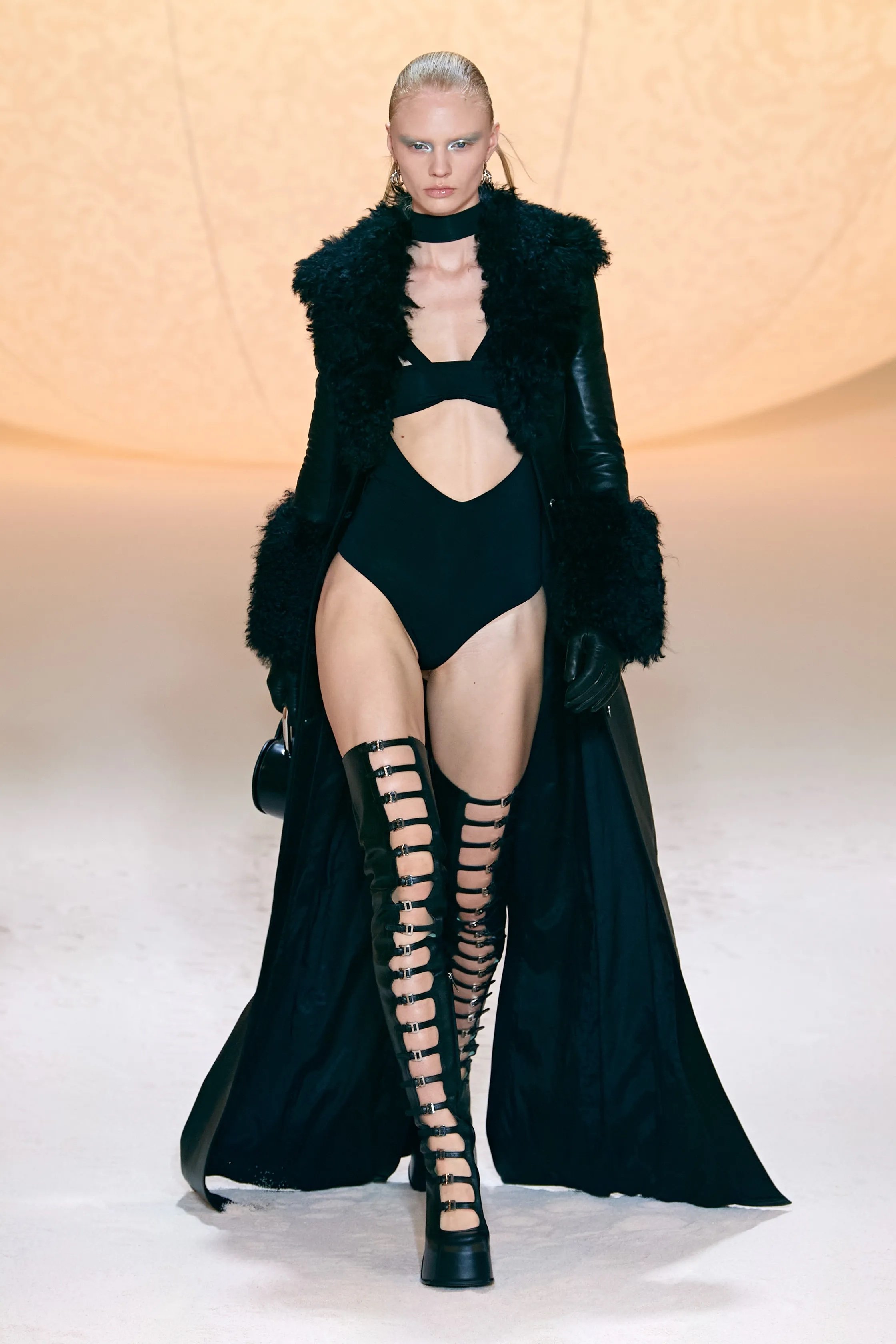
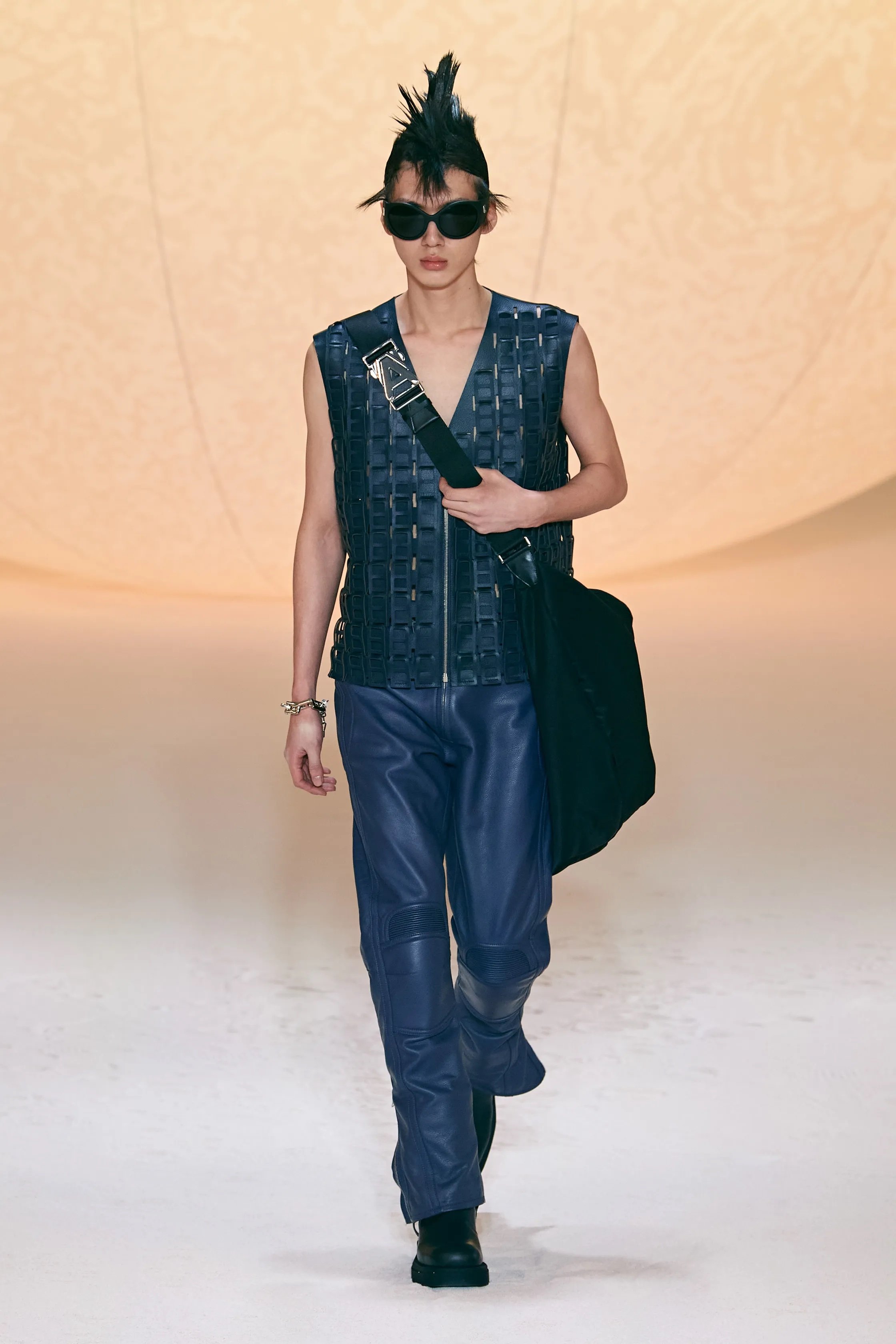
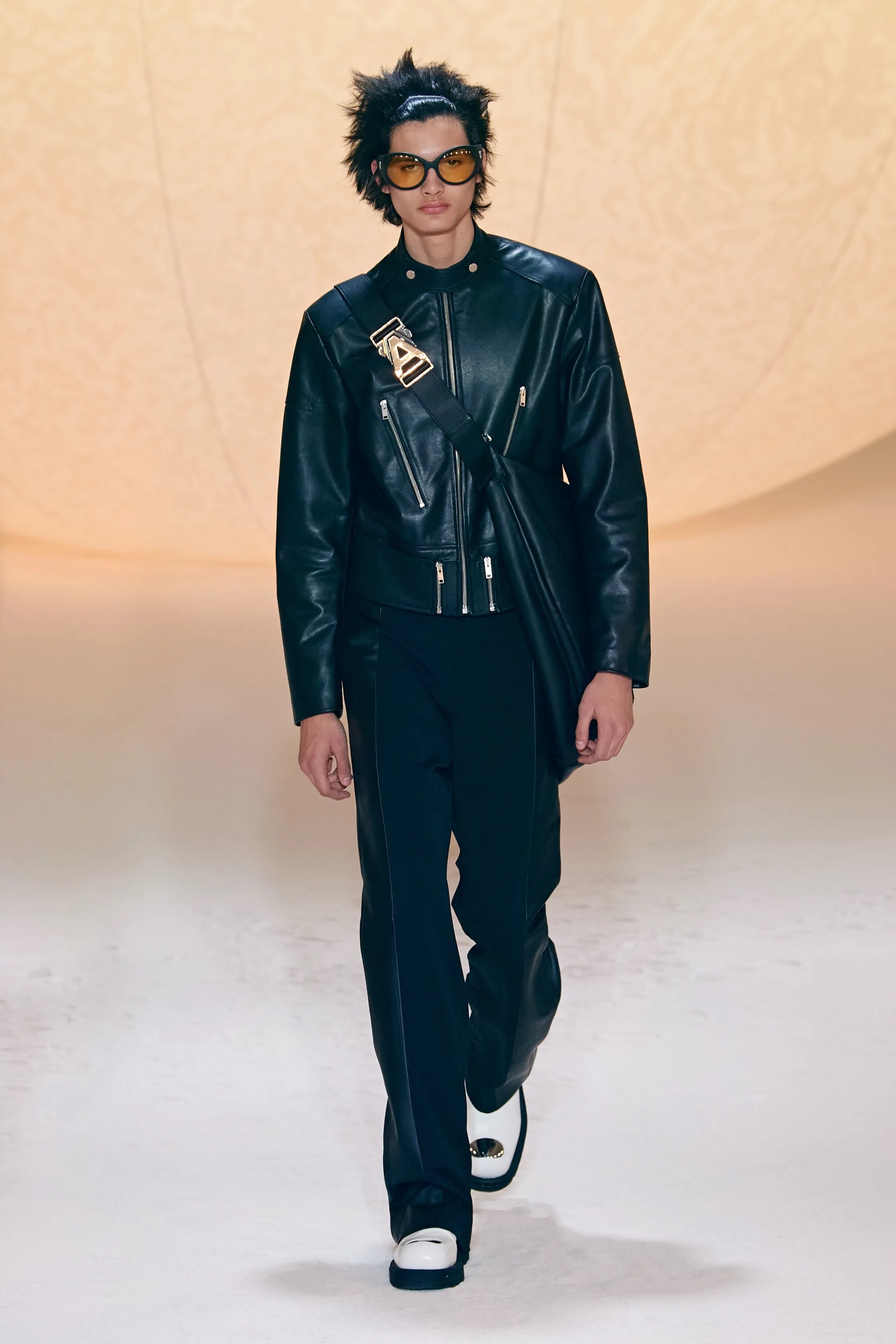
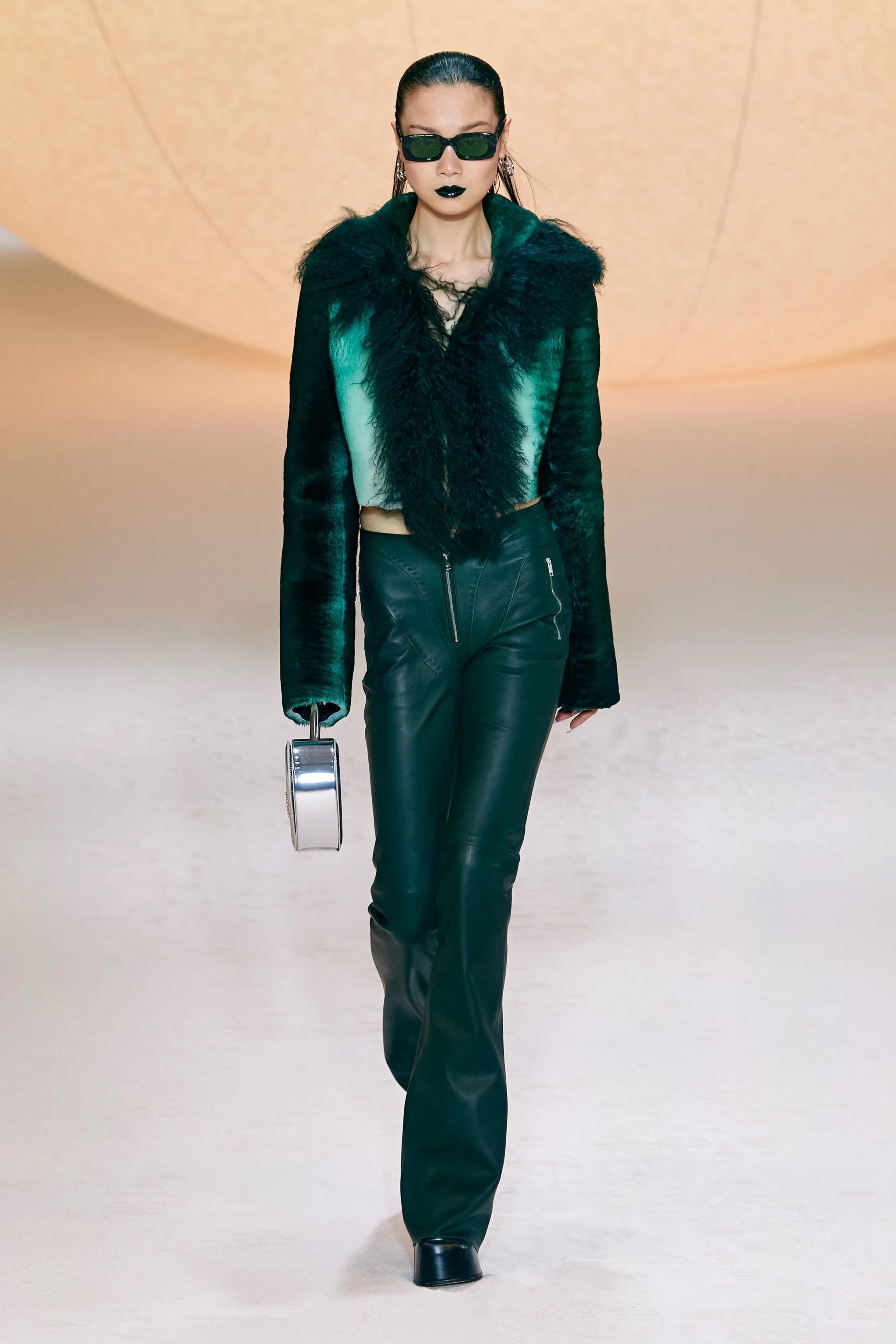
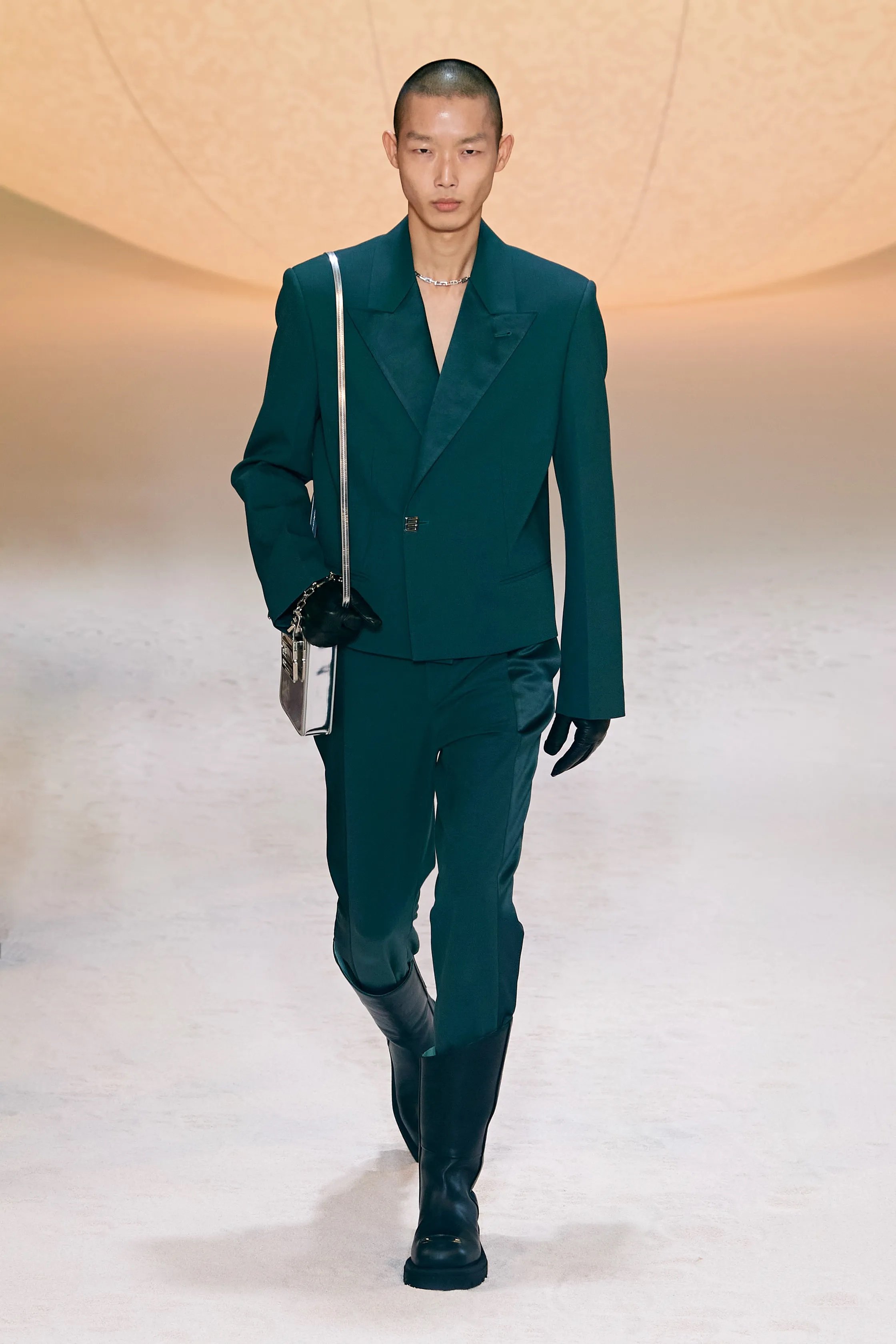
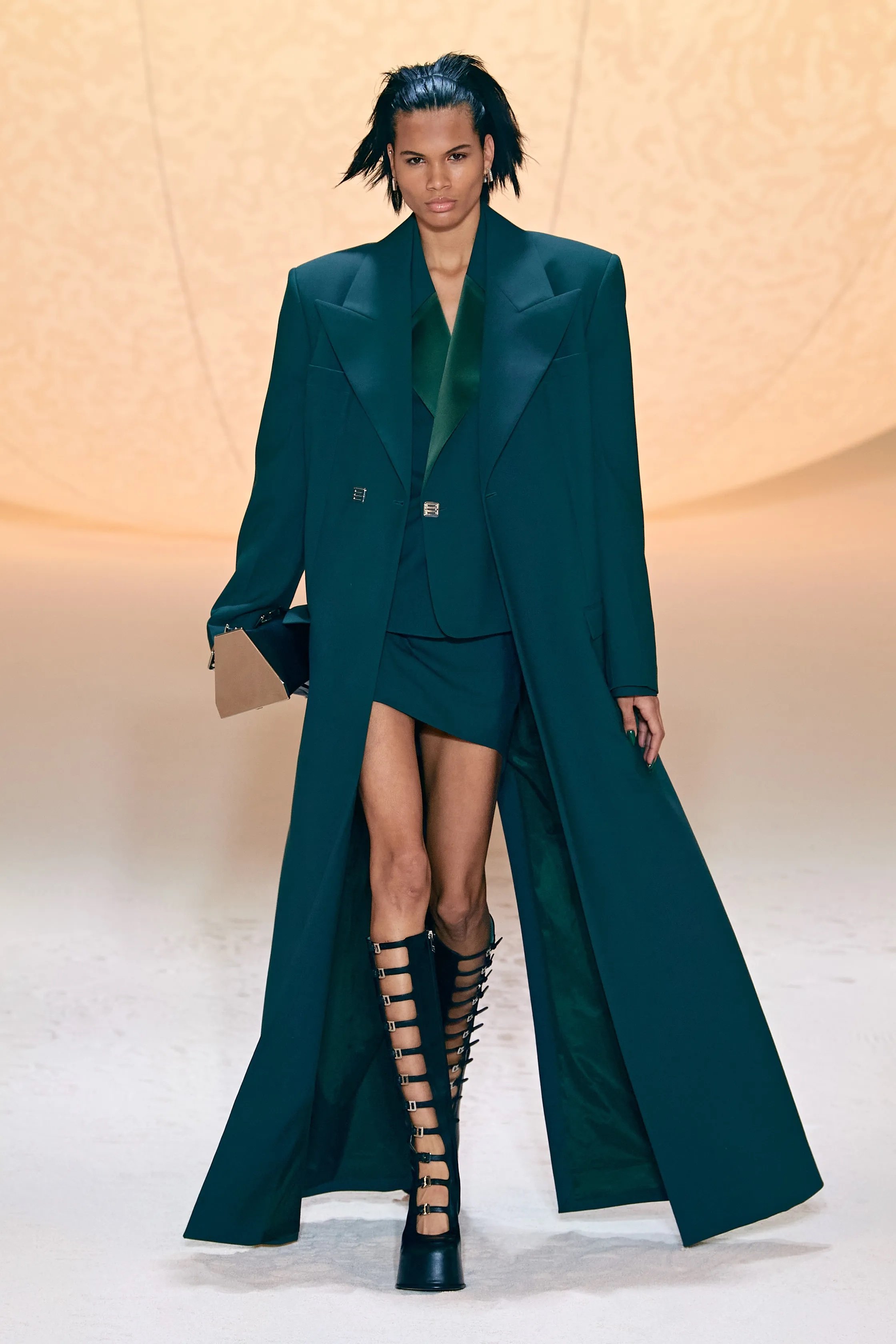
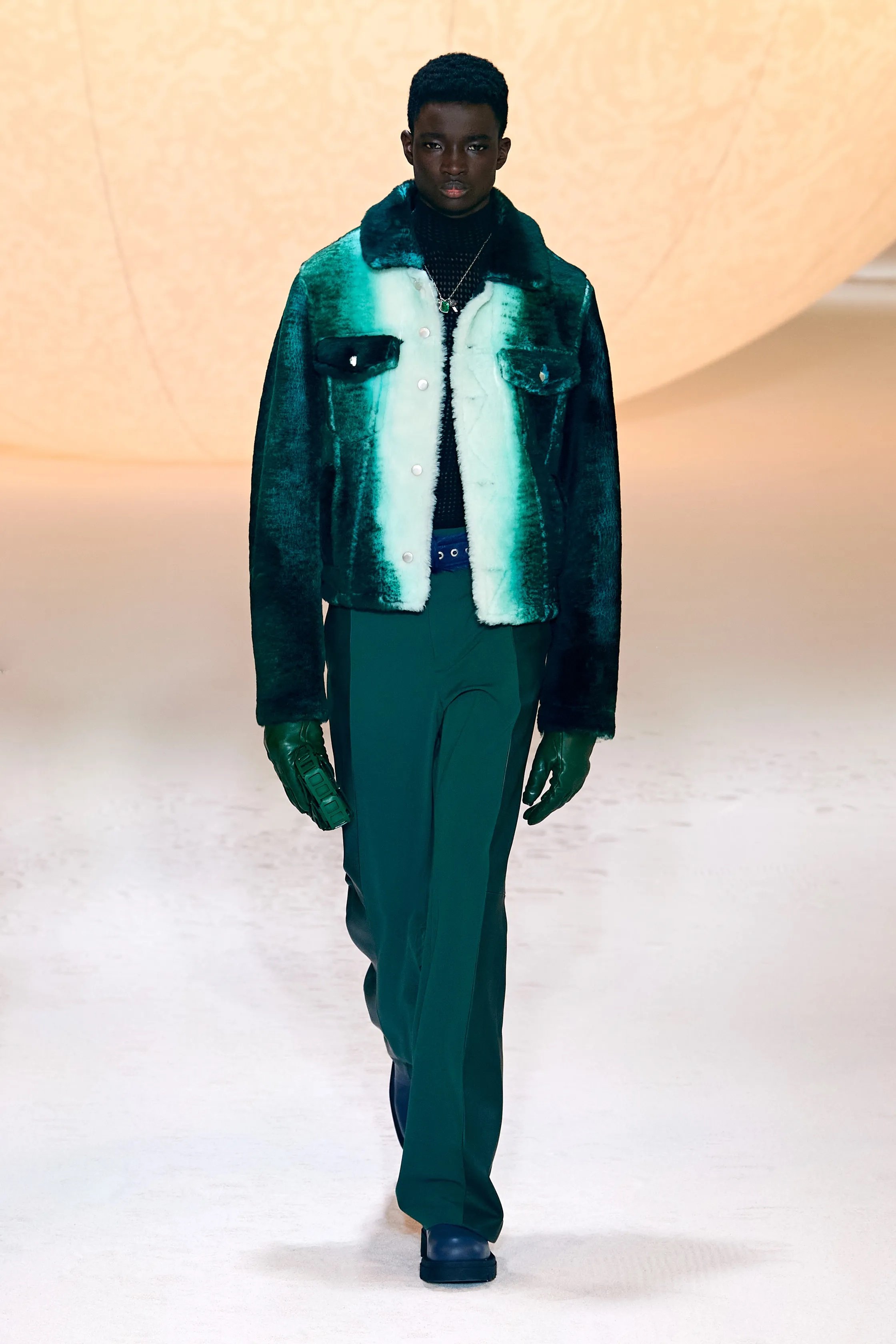
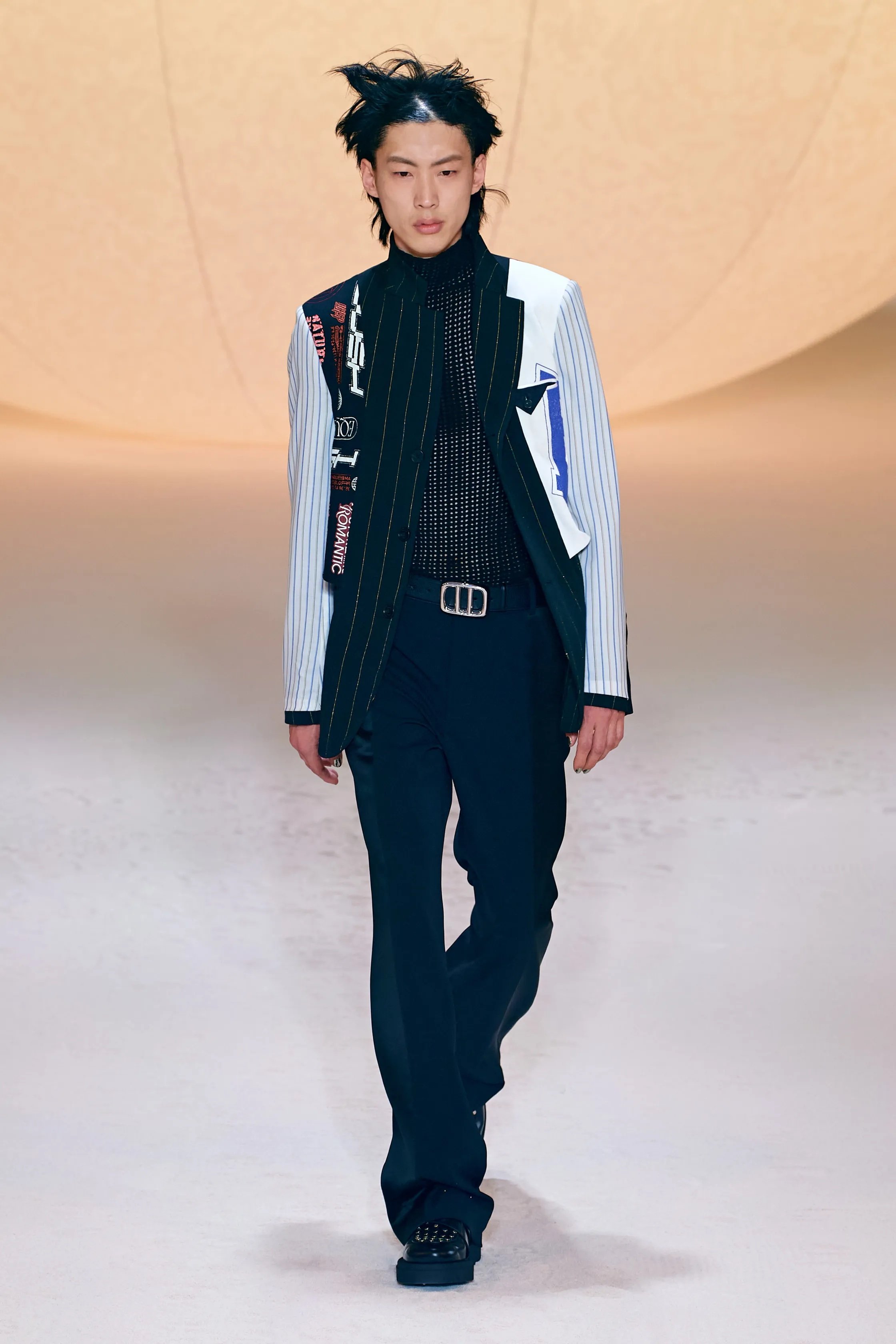

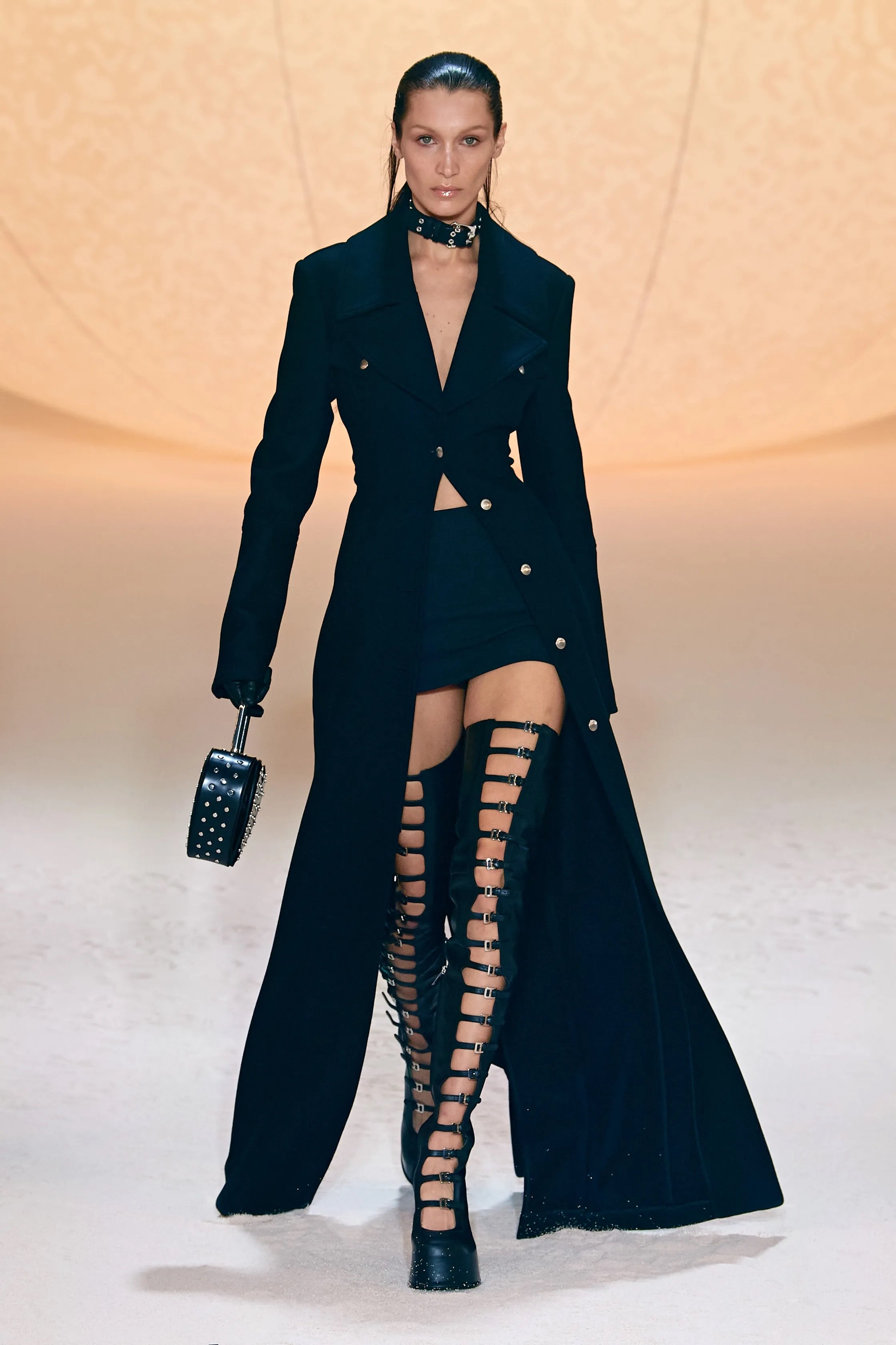
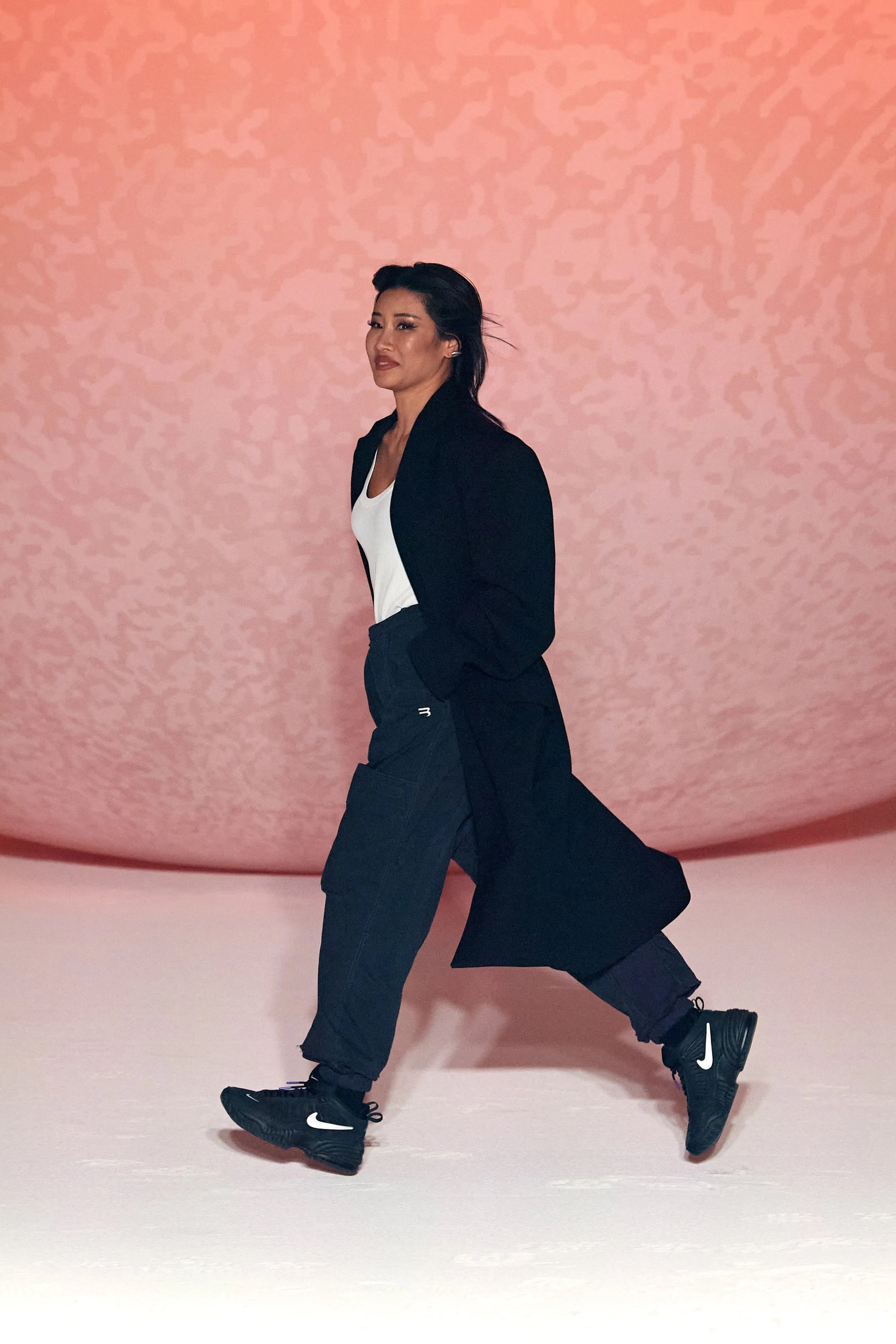
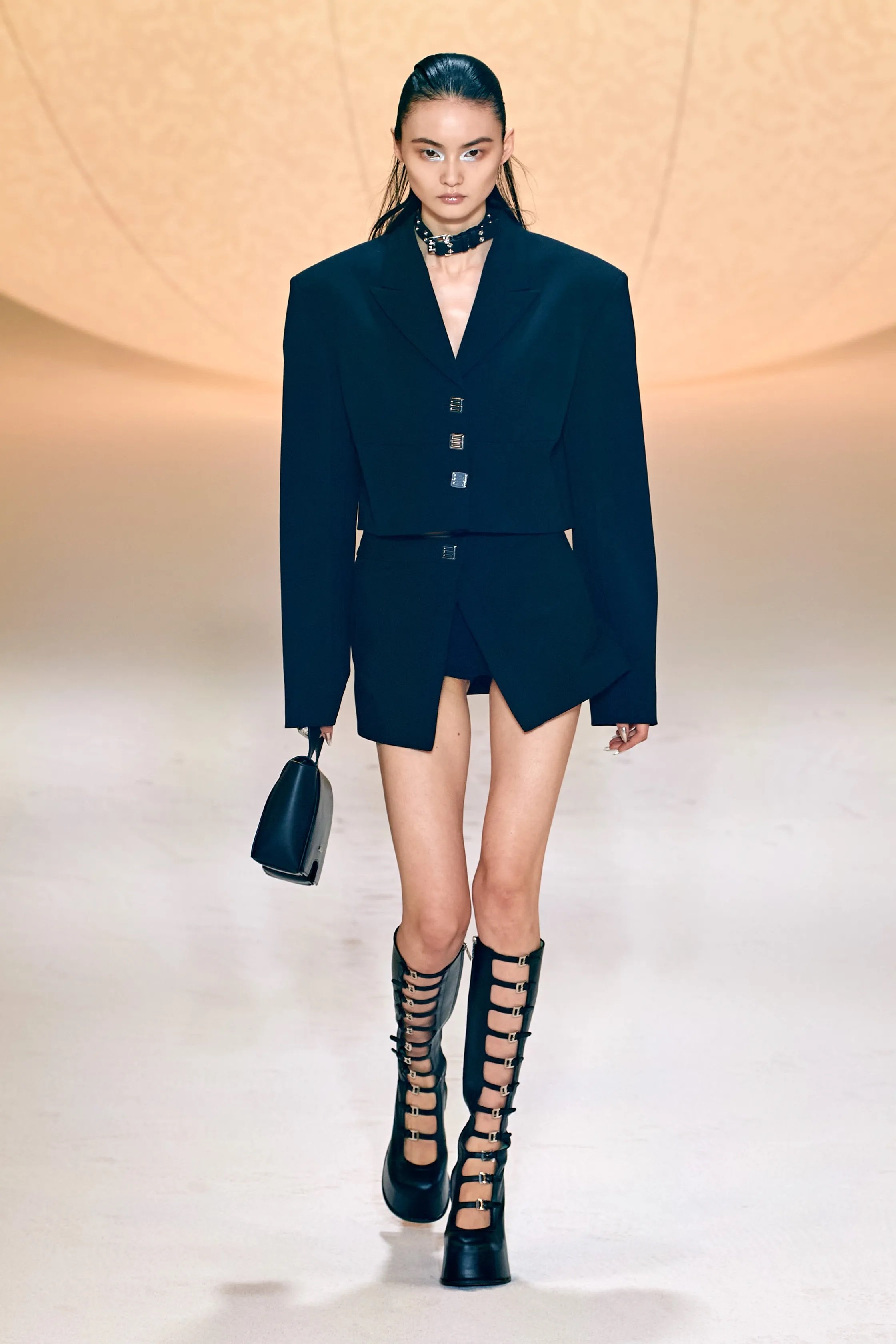
AMBUSH® FALL’22
Since I had just moved to the US, I didn’t speak a word of English, and my parents were working around 18 hours a day, I had to find something to do after school. Staying at home is okay too, but it’s good to learn stuff, right? I ended up working at the local library, which was tiny. It wasn’t much bigger than the room we are sitting in now, like 4 x 4m. They didn’t have a lot of books, but for some reason, they had so many magazines, and about two racks out of the shelf were fashion magazines. That's where I found out about Vogue, Elle, and even things like i-D and The Face. As a kid that was new to the country, I was fascinated by this world and this was still before the Internet and during the magazine era.
Since I lived in the suburbs with nothing but trees, it was a secluded area, and this made me want to move to a big city. It became sort of a trigger for my interest in fashion. At the time, the biggest cultural thing coming out of Seattle was grunge, and naturally, the goth and skater kids at school were dressed that way. This wasn’t because it was fashionable, more so because there just weren’t many options. You either thrifted or wore outdoor gear because we lived in the rain and the richer middle-class kids were wearing Polo Sports. I think it was a big thing for the hip-hop kids in New York but, in our area, it was more of a status symbol since it was Ralph Lauren. All of this was going on and when you’re in the middle of it, the first thing you seek is finding your identity through clothes. This was the start of my interest in fashion and I started trying on different looks, kind of like a method actor, to see what identity I wanted to go with.
We read that you studied graphic design. What made you choose this direction and what were your influences?
Y: The influences were the magazines actually. Also, in American education, you make a lot of presentations and since I couldn’t speak English very well, I had to make the designs crazier than the other kids to make it work. This fueled me, and I didn't even know how that connects to the magazines but, I asked my teacher what the job behind magazines was. I don't think my teacher even understood what I was saying but because I was pointing at the magazine, she suggested graphic design. So, I was like okay, that's what I want to do. I didn’t even understand what graphic design was, but my innocent mind thought magazines are put together with words and pictures with a layout. I decided that I'm going to move to New York and that this is what I want to do.
How would you describe your design vibe/direction at the time?
Y: I didn’t really have one, the high school didn’t provide any graphic design classes so you needed to go to college to study. I didn’t even know you need a portfolio to get into art school. I found out about all this through asking because, back then, you couldn’t research and find information about this stuff. I found out about this in my junior year, so I would stay after school and my art teacher would provide me with the material to work on, which was whatever I wanted, whether it be a painting, a sculpture, etc. She told me that she’ll help me out with the credits and stuff. I bet it was really bad, but Boston University ended up giving me a full scholarship. So, I entered college as a graphic design major, but they didn’t let us touch computers till our junior year. This was because the curriculum wanted us to get our fundamentals correct first.
At first, it was basically fine arts, like oil paintings, and in my second year, we started the graphic design, but my professor was taught under the graphic designer Paul Rand, so he was very traditional and modernist. The program he had for us was what people would do back in the day: basically copy, paste, cut, and glue. Everything was done by hand, so that’s how we started. I remember looking up other schools on a computer back in the day, but looking back on it I’m thankful that I did everything by hand because it really made me grow. Now, I can tell when something is off, even by just 5mm. If I had dove straight into computers, I don’t think I would’ve developed that eye. Putting together textiles and layouts by hand really changes your perspective, you know what I mean?
For AMBUSH® design company, do you remember what your first gig was?
Y: I was doing things for VERBAL when I first came to Japan. This was kind of a full-circle moment but, since I was in a new country and didn’t speak any Japanese, graphic design was the easiest for me because all I needed to do was create and submit my work. I didn’t need to speak to anybody. I just did small jobs here and there to kind of kick things off. From there, I actually worked with Jeff Staple, since he had a design agency in Tokyo. I would freelance for him and I would also work with artists within AVEX and all that stuff. So, what I did was mostly freelance work, which was good because I was still learning and still getting to know the city.
Do you still have some of your old designs?
Y: Yeah, I might have some on my old computer, but I don't want to show them [laughs].
How much of the graphic design do you still work on for AMBUSH®?
Y: I still do much of everything. All of the stuff around the brand is directed and done by me. What you have to understand is that everything that happens is a dot and that these dots are all connected and it only make sense when you look back on them. I could hire a graphic designer, but they can’t see the full picture. Their understanding of what we’ve been doing at AMBUSH® is too little to comprehend inside and out as an outsider, so, it’s quicker for me to work on it myself.
We heard that VERBAL suggested that you move to Japan. What was it like moving here and adapting to the country?
Y: It was either moving to New York or coming here. I first worked a corporate job at a small graphic design firm in Boston and we did some big projects, but it was boring and very corporate. A lot of the work was meant for universities like Harvard, MIT, or hospitals, etc. Looking back on it, I’m thankful because I was able to see this side of the corporate graphic design world and not just the fashion side. This allowed me to become better at making rules so that things aren’t all over the place. I was fired because, around that time, the US economy wasn’t very good, since it was right after Black Monday in 2011. I thought that maybe it was time to move to New York. Boston was a small town and I didn’t want to settle there, and I wanted to move to a big city to seek bigger opportunities. It was around that time VERBAL suggested that I move to Tokyo. I didn’t think about moving to a new country at that point, but I thought about how different moving to Tokyo could be from moving to New York. The only difference would be that I can’t speak Japanese and worst-case scenario, I can just move back to the US. I thought “why not” and moved to Tokyo. The first three years were not easy but, after that, I was able to find my groove.
AMBUSH® SS’22 JEWELRY
You might get this question a lot but, what was Tokyo like back then, in terms of the energy within the city?
Y: I mean I can only speak from my perspective as a foreigner because I was still learning. I would have a different perspective compared to someone who was deep within the scene but J-pop was popping off, and OGs were still at the top of their game in streetwear. The city was in a very exciting time with new scenes merging out of club culture. Everything was still new to me and I wasn't a part of anything at the time.
Around 2010, I became more involved with the local scene. I got to know the music industry pretty well, thanks to VERBAL, and since the fashion scene is close-knit with the music scene, I got to know a lot of people within that industry too. Also, this was around the time when the new generation was on the come up and people were getting tired of the old stuff. When this was happening, the club scene was going crazy too, and Le Baron De Paris was the place to be. There were a lot of clubs like that and the scene was bubbling. It was very exciting because people weren’t trying to follow the old footprints. A lot of these kids were making a name for themselves, and the club culture definitely helped them come up within the scene.
But, even within the industry, you had to stand out in order to have your picture taken, so it started this culture of peacocking which kind of became the glue that connected everybody together. When enough people became a part of this, it became a sort of a movement and I really enjoyed that era. Places like Le Baron and TrumpRoom allowed people of different backgrounds to come together and we were all just enjoying the moment, nobody cared about hierarchy and stuff like that. I think everyone realized that we could all co-exist together and that type of energy within the scene just felt nice. From there, people spring-boarded on to different things. I think it was a good era because Tokyo needed this new generation to come in after the OGs.
Do you think this is happening again right now?
Y: It’s hard to tell because everything is so fragmented and there are scenes here and there but in terms of something that is big enough to make some noise, it's hard. Especially now with the pandemic, it’s very difficult to make judgments about events because of the situation. Also, for all things online, I don’t know because I’m not as invested in what’s going on within the scene because I’m more occupied with work internationally. I’m looking in from kind of a spectator or audience perspective and I do notice some things, but nothing gets super big. But, that’s kind of what Japan is like, isn’t it?
I don’t know honestly, I’m not trying to be cynical but this is why I really appreciate the pre-Instagram era. When you go to a club and get your picture taken, people aren’t trying to project a picture-perfect image. Back then, people would go crazy at clubs and sometimes you need to be free like that. This freedom allows true nature and creativity to come out and this doesn’t happen anymore because people are too afraid. People seem too guarded and no one’s really free. It’s just a different way of living and maybe there’s a new method I don’t know about, but it just seems too censored and curated.
We can tell you really love Tokyo, but was there any sort of moment that made you truly fall in love with the city?
Y: I’ve been living in Shibuya for close to 20 years, pretty much in the same neighborhood. I’ve seen all the changes and development happen and even after all these years, I feel like the energy within the scene has always been very pure. When I go to Europe for work, I’m reminded how great this place is, how convenient and safe our lives are here, and even the little stuff like cleanliness is something we forget about when we're living here. When you step outside Japan, you’re reminded that this isn’t something to be taken for granted. Also, I’ve noticed that the people who clean the stations and streets take pride in their job and that results in us respecting the workers. I feel like this respect is one of the reasons behind the low crime rate as well. Japan isn’t a utopia but it's definitely the best place to live in the world.
Before AMBUSH® you worked with ANTONIO MURPHY to create high-end jewelry for hip-hop artists. How different was that compared to AMBUSH®?
Y: That was more of a pet project for VERBAL. Now, he’s working with a different title behind the scenes with executives in the industry. Back then, he was more on the frontlines and, at the time, there was a resurgence of rappers wearing bigger chains. He would make these pieces so he could wear them and from there he would make different things to learn more about fine jewelry. Even though he named it that way and worked with two other people, he didn’t really work on it as a “brand” type of thing. Some people would ask him about the jewelry he was wearing and he would just make it for them. So it was more of a pet project, but it was good to put a name on it, you know?
We read in a different interview that Kanye wore your jewelry and that became a turning point for AMBUSH® to become an actual brand, can you talk a little bit more about that?
Y: Well, Kanye used to come here often. We were hanging out a lot in Tokyo and VERBAL had the huge POW!® knuckle ring and everybody wanted it, so we made a smaller version for friends. Kanye wore it, which led to other artists wearing it. Even at that point, it wasn’t a “brand” brand, but we would get orders from stores that were overseas, and that would continue and keep growing. Because I didn’t have a fashion background, I didn’t know about buying seasons, so we would make the pieces whenever we got an order and this went on for a few years. It’s like if you were a good singer and someone tells you to hop on a track and it accidentally became a hit, so now you have to either walk away or commit to it. This is what happened with AMBUSH®. VERBAL suggested that we try this as an actual brand and see where it takes us, and this is how AMBUSH® properly started in 2012 with a legit exhibition, buying, and all things related.
We read in another interview that, because you guys didn’t have a fashion background, it was hard to figure out factories, buying, etc. How did you guys overcome this and become what you guys are today?
Y: It was just by asking a lot of questions. You have to go around and find what you need. Obviously, for making clothes, we had no background and, even when we ask people, they didn’t really help us. For some factories, I had to google it and make cold calls. It probably didn’t make sense, but you just have to find your own way. I would ask so many people, like for example, where to make denim, then, there happens to be someone in Okayama, and we would ask them if they knew anybody to make something else, etc. You just have to find your way to make it happen.
Do you think being humble and asking a lot of questions is something people should invest more time in instead of faking it which is common in today’s day and age?
Y: I think it’s an issue of entitlement. I feel so bad for kids in this generation because they're so used to seeing success in a short amount of time which makes them think they need to achieve a certain level of success at a certain age. Our generation is used to taking a long process to achieve things. Another factor is that, because I’m an immigrant, the idea of working hard and fighting for what you want isn’t a new concept to me. Even my parents who didn’t speak any English would work around 18 hours a day and not complain at all. I moved to the US in middle school not speaking a word of English and I had to find a way to pass subjects like history and English. I’ve been through all that, so the idea of not working hard for what you want isn’t something I understand.
I’ve always been at a disadvantage, even in college where I got a scholarship for my amateurish portfolio. All my classmates came in from private art schools in New York so I was like okay, I really have to work to pass this. But because I was a competitive person, I would work from midnight to 7 AM, and eventually, I was at the top of my class. I guess it’s just in me to work hard; I had pride in myself because I wanted to be confident and proud of the work that I put out, so I wouldn’t lower my standards. That is probably why I’m not afraid to ask questions because I would much rather ask questions and learn instead of just pretending because you can only fake so much.
AMBUSH®
SS’22 CAMPAIGN
When we look at your CV, we see that you’ve worked with Billionaire Boys Club, BAPE, Pharrell etc. Since these brands and people were at the center of the fashion industry, did you realize that you were in a way riding the “wave”?
Y: Yeah, because VERBAL was in Teriyaki Boys and we’ve known Nigo for a long time. I was always around Pharrell but that was more like friends just hanging out. Our good friend Toby, who worked with Nigo at BAPE, is someone I’m thankful for because he saw something in me and suggested that I work for the press at BBC and ICE CREAM. I didn’t know anything about PR but he told me to just try it out. So, I said okay, since sometimes the best way to learn is by simply doing, right? This was still before we started the brand and my attitude has always been to just trying new things in order to learn. Like I mentioned earlier, when I look back, all the dots connect.
How does it feel that you went from a passion project creating jewelry to what you guys have right now?
Y: It feels like a gigantic load of work non-stop [laughs]. I don’t think people realize how much work goes into building a fashion brand. But, to be honest, I don't have a business plan, because I subconsciously look for answers and I would rather find them by actually doing whatever I’m working on. I feel like there is a natural rhythm in how things evolve and I believe this applies to brands as well. I’m definitely not a traditionalist or a conservative, since that just follows what worked in the past. I think that's what makes AMBUSH® special because If we kept continuing with just jewelry, that would’ve been fine too, but we ended up starting the apparel line, and this happened because of a happy accident. We were shooting a lookbook for our jewelry and we had to use clothing from other brands, but it didn’t really make sense. We decided that we should at least make the tops because then, our photos exclusively AMBUSH®. Then, we started getting into denim because after a few seasons in Tokyo, we realized that Japanese people were into very tiny stuff, and I don't make tiny things.
This was also when I realized that if I worked around their rules, I would never be happy with what I put out. A brand should never work around the opinion of a couple of people. At the same time, I decided I wanted to show my pieces in Paris to the giants in the industry. I thought if I couldn’t make it there, I would be happy with myself because at least I tried, you know what I mean? I went and that was another whole new venture because I had to go around, ask for help, and whatnot. All the people that we work with now are people that have been around to help us from the beginning when we first went out to Paris. All the things that are a part of the brand happened organically. If we were missing something, we added it in. We never felt the need to add in certain things at a certain time, we would just add in things we wanted throughout the process. For example, we first made tops, then we realized we needed pants, and it just keeps going on and on.
When we think about AMBUSH®, it feels like you guys are building a whole world around the brand. How do you want this universe to feel like for the consumers?
Y: I want it to feel like it's out of this world. We recently launched our own metaverse called SILVER FCTRY and that opened up my perspective even more. I’m super excited about the new NFT project that we’re working on right now, which I’ll get into later, because it makes perfect sense for the brand right now. We are committed to this new venture. The concept of the metaverse and NFTs have been around for a while now, so people need to open up more about it, and, for us, it allows the dots to connect. In this space, our jewelry can become virtual items and the perfect way to kick this off was with the POW!® ring. In a way, this would immortalize the ring within this virtual world.
The same thing happened when the internet first came around in the 90s. People thought that it was just a fad and were complaining, but look at where we are now. This type of virtual space has been around for a while with the gaming industry and VR, and this will lead us to the metaverse, where we’ll be heading next. From 2D platforms, like mangas, to 8bit games in the 80s and current RPG games, we’ve been in this for a while now. It's like avatars in RPGs, the difference is that it’s going to be decentralized, so big corporations won’t have ownership over the end user and their money.
We connected through manga, anime, video games, and movies that are picked up by Sabukaru. What is your connection with this part of the subculture in Japan?
Y: I like the realism within those things. The presentation of these products is cute and all, but the morals that are being told within these stories are why I’m drawn to them. I’m not an anime expert, but compared to western superhero comics where the plot is usually the same with one man saving the world, I feel like anime is much more realistic in terms of the plot.
You made the AMBUSH® and BAIT collab Astro Boy figure, right?
Y: Yeah, I’ve always loved that character. Also, the movie AI by Steven Spielberg is actually based on Astro Boy: the father creates a robot to replace his dead son but ends up throwing him away because his son can never be replaced. Despite this, the robot still has more love for humans than people have for each other. It really makes you think about if HIs are actually superior to humans, and it’s really deep if you think about it. Another film that's similar to Astro Boy is Blade Runner, where the replicants understand the preciousness of life more than humans because they know they have an expiration date. These storylines are just really philosophical and that's why I appreciate them.
The realm of subculture is mostly a male-driven industry, but being in the position that you are now, do you feel like you’re in an important position in terms of representation for women in the fashion industry?
Y: I’ll be real with you, I don’t really think about it. I’ve never thought that I needed to do certain things because I’m a woman. My stance has always been that your work should speak for who you are. I’ve always believed that if your work is good enough, you’ll earn the respect regardless. That’s why I don’t want to put myself in a box. Once I start working with the mentality of being a woman and a minority, it just won’t work for me. These traits don’t define who I am, my identity needs to be based on my work.
We can tell hard work is a part of your DNA, so what do you think about young people right now wanting results fast without putting in the time and work?
Y: I have a pretty dark outlook on that because I think that the world we’re entering right now is really going to separate the true creatives from the ones that are basically bots. The people that are like bots will only act based on data and the ones that will be successful will be the ones that do things differently. I believe that this is going to apply to humanity in the world that we’re heading toward. There’s going to be a gap between those that are free-thinkers and those that aren’t.
So, how does hard work play into this? In order to work hard, you have to know what you're going after and have a vision. When I speak about hard work, I’m not talking about people in unfortunate situations that have to work 3 jobs to feed their kids, I’m talking about that hustle mentality. Social media makes people think that you can fake it and succeed when that’s not true.
Do you know what's scary and kind of ironic about web3? You can’t fake it anymore. It’s so much easier to fake things right now with social media because it’s mostly just photos. But with blockchain, not anymore. You can pretend to have an art piece and post it, but the real owner can be found instantly. Obviously, this isn’t going to happen completely in the next year or two, probably more so in the next five to six years. That's why I would rather have a better understanding of it by just going in and figuring out how physical and non-tangible things can co-exist together.
I think it’s going to be interesting for the fashion industry because the gaming and anime industry has already been like this for a while. Fashion is such a dinosaur as an industry because for a lot of the big brands, it’s about selling the tradition and that’s where the value lies within their products. It’s going be interesting to see how they adjust to this and we're going to see a gap between those that change and those that don’t.
This is a simple question, but what are some of the spots in Tokyo you want people to visit?
Y: There’s a lot, but the cafe Lion in Shibuya is one. I hope that doesn’t go away, because it’s such a treasure, you know? It’s been around since World War 2, they don’t serve the best tasting drinks but who cares [laughs]. It’s the old spots that we need to appreciate. There used to be a coffee shop next to Yoshinoya across from 109 in Shibuya that I always used to love to go to, but they went out of business during the pandemic.
This is our last question and you gave a lot of advice on this already, but what advice do you have for the younger generation that might want to work in the creative field?
Y: Make sure you invest a lot of time in finding who you are. If you don’t find an answer for who you are, no matter what you do in life, you’re going to fail. I think everything has to start with self-love. Self-love doesn’t mean having all the answers and knowing everything, but it's more about knowing that everything you do has a purpose. And going back to things we talked about on Instagram, people are just projecting insecurities by posting how successful they are because they aren’t comfortable with who they actually are. That isn’t gonna do you any good in life and it’s good to just spend some time on your own to think about who you really are.
Another thing is that success isn’t something where you get points for achieving things, it’s something you have to commit to. I don’t think a lot of people look at it that way and it’s not talked about often, but even for small businesses, it can take decades of work to be successful. Well maybe not in IT, but at least that's how it is in fashion.
Thank you so much for your time!
Text and interview Casey Omori & Adrian Bianco
Editing by Mizuki Khoury
Editorial Credits:
Production: Bianco Bianco
Photography: Saram Han
Creative Concept & Producer: Marta Espinosa
Production Assistants: Ami Takagi, Mizuki & Jasmina Mitrovic




